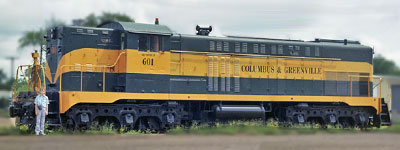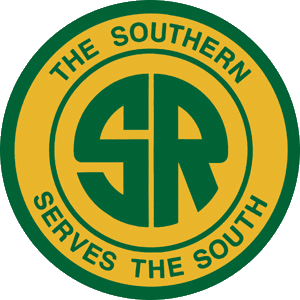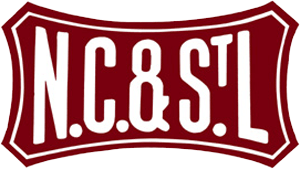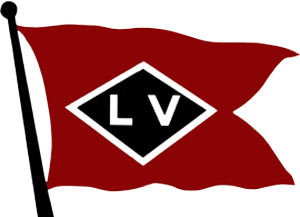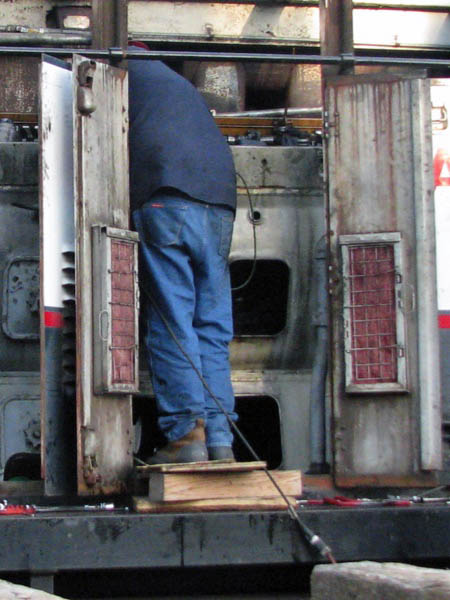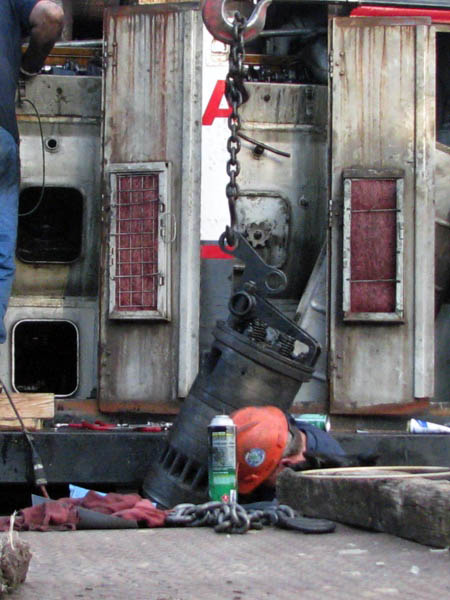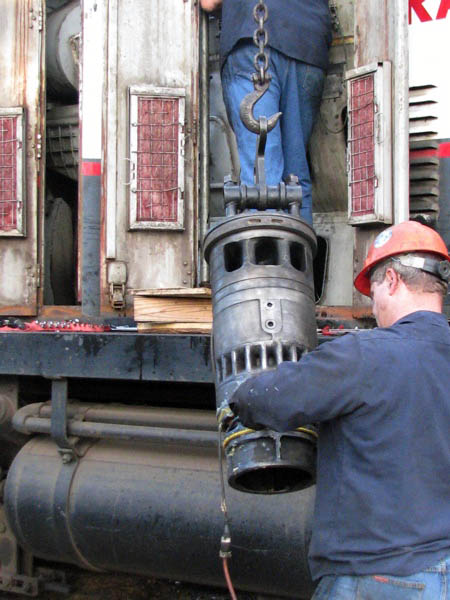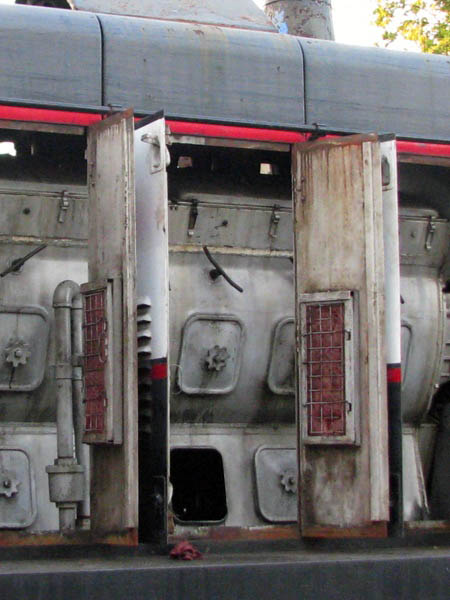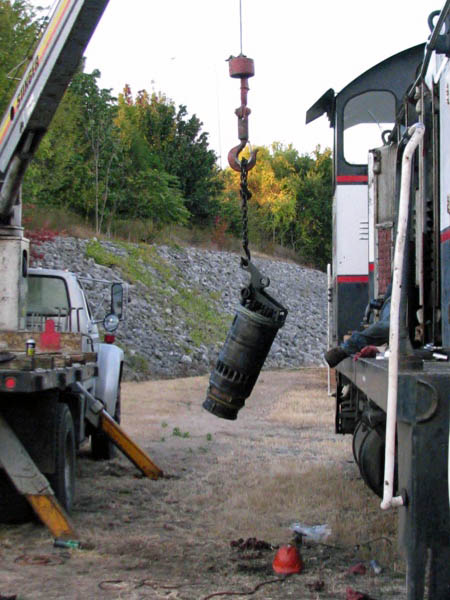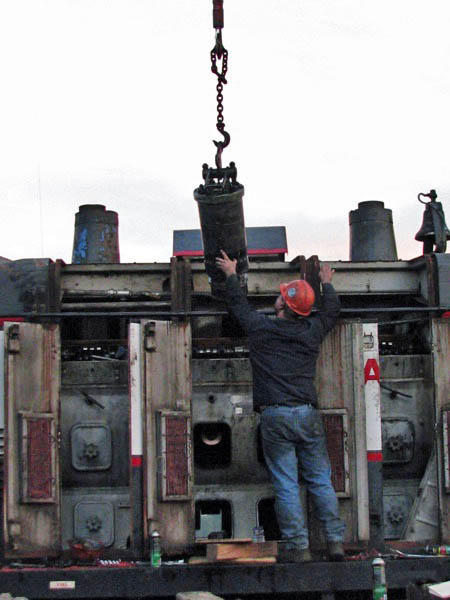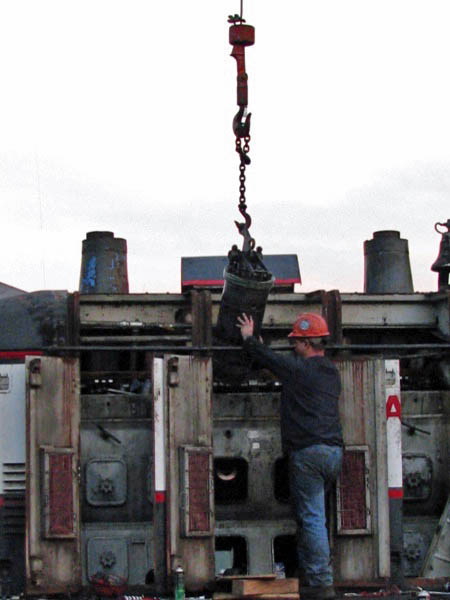


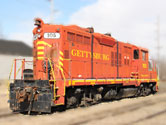




Shortline


 |
Huntsville & Madison County
|

Huntsville, Al / Aug 2019 / RWH

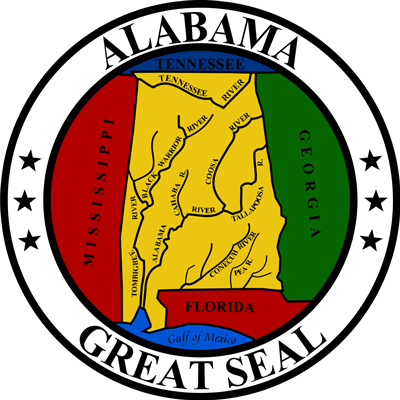 Huntsville & Madison County Railroad Authority was created in 1984 to continue rail service to industries located along the Seaboard Railroad's recently abandoned tracks in Huntsville, AL. The local industries impacted by the abandonment formed a coalition, and worked with the City of Huntsville and Madison County to create a public railroad authority. The public authority was formed by the State of Alabama, and the Huntsville and Madison County Railroad Authority (HMCR) was created. HMCR subsequently filed an offer of assistance with the ICC, and shortly thereafter became a Class 3 short line railroad. HMCR commenced operations in July of 1984 and has been in continuous operation since.
Huntsville & Madison County Railroad Authority was created in 1984 to continue rail service to industries located along the Seaboard Railroad's recently abandoned tracks in Huntsville, AL. The local industries impacted by the abandonment formed a coalition, and worked with the City of Huntsville and Madison County to create a public railroad authority. The public authority was formed by the State of Alabama, and the Huntsville and Madison County Railroad Authority (HMCR) was created. HMCR subsequently filed an offer of assistance with the ICC, and shortly thereafter became a Class 3 short line railroad. HMCR commenced operations in July of 1984 and has been in continuous operation since.
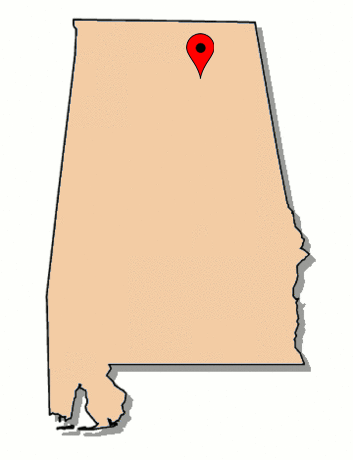 The Huntsville & Madison County Railroad Authority is a 13 mile shortline in north Alabama, created in 1984 by its two named governments: the City of Huntsville and Madison County. The Authority was formed by local shippers in response to the abandonment of the branch line by the Louisville & Nashville Railroad. For one year after L&N ownership the line was operated as the Alabama Industrial Railroad. The route had been developed by L&N predecessor Nashville, Chattanooga & St. Louis, a part of its longer line from Elora, Tennessee, to Gadsden, Alabama. A carfloat ferry operation carried trains down the Tennessee River between Incline (south of Huntsville) and Gunters Landing (at Guntersville). Today the HMCR shortline operates from downtown Huntsville south to the community of Norton, the only remaining segment of the NC&StL line north of the river except for a portion of trackage owned and operated by the North Alabama Railroad Museum.
The HMCR interchanges with the Norfolk Southern in downtown Huntsville and with CSX Transportation in nearby Tanner, Alabama. Current revenue is mostly derived from railcar storage and online trans-loading operations for regional customers. The shortline is governed by a board of directors which oversees finances and offers strategic direction. An operations office is maintained in Huntsville, near the NS interchange.
The Huntsville & Madison County Railroad Authority is a 13 mile shortline in north Alabama, created in 1984 by its two named governments: the City of Huntsville and Madison County. The Authority was formed by local shippers in response to the abandonment of the branch line by the Louisville & Nashville Railroad. For one year after L&N ownership the line was operated as the Alabama Industrial Railroad. The route had been developed by L&N predecessor Nashville, Chattanooga & St. Louis, a part of its longer line from Elora, Tennessee, to Gadsden, Alabama. A carfloat ferry operation carried trains down the Tennessee River between Incline (south of Huntsville) and Gunters Landing (at Guntersville). Today the HMCR shortline operates from downtown Huntsville south to the community of Norton, the only remaining segment of the NC&StL line north of the river except for a portion of trackage owned and operated by the North Alabama Railroad Museum.
The HMCR interchanges with the Norfolk Southern in downtown Huntsville and with CSX Transportation in nearby Tanner, Alabama. Current revenue is mostly derived from railcar storage and online trans-loading operations for regional customers. The shortline is governed by a board of directors which oversees finances and offers strategic direction. An operations office is maintained in Huntsville, near the NS interchange.


HMCR route map / RWH


1910 Official Guide map / collection

1910 Official Guide ad / collection
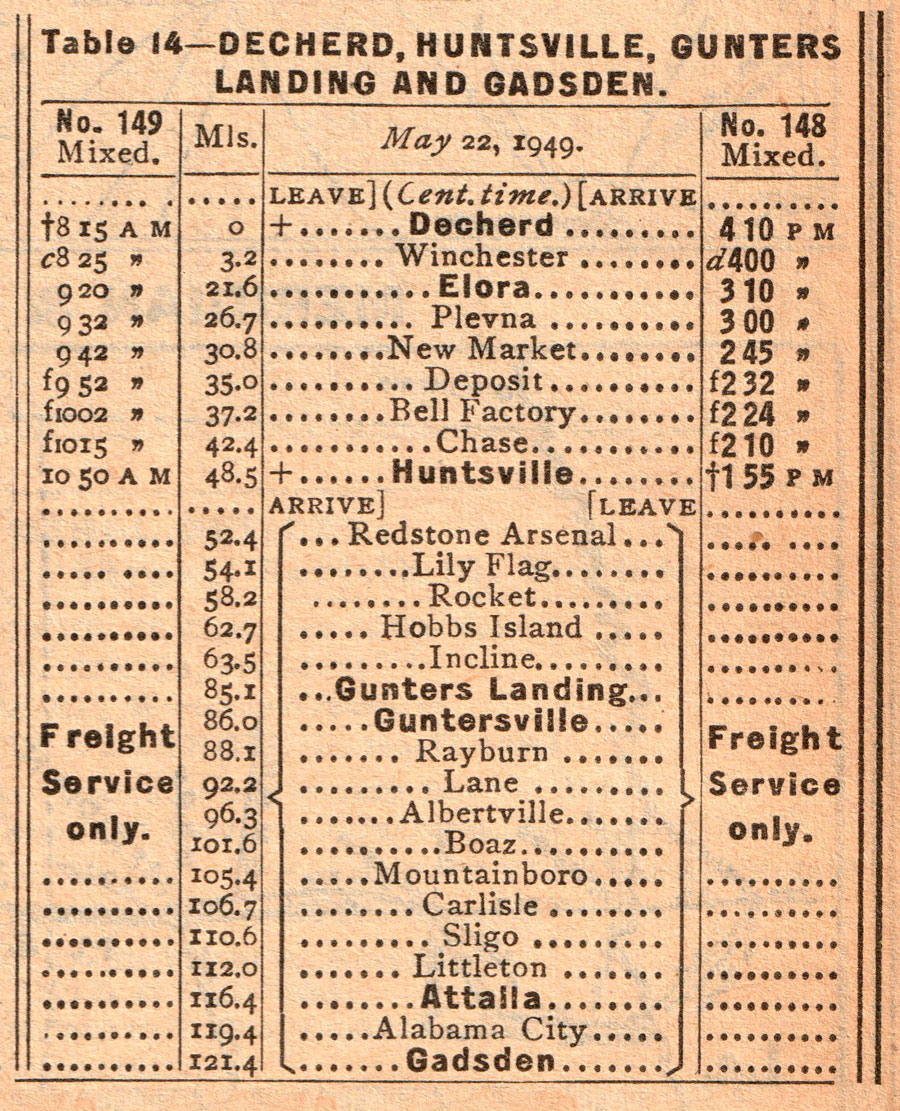
1955 Official Guide ad / collection
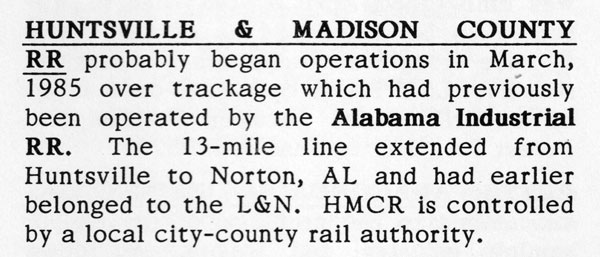
from The Short Line
#77 / Mar 1986 / collection

1988 Official Guide ad / collection

1994 Official Guide ad / collection
Motive Power
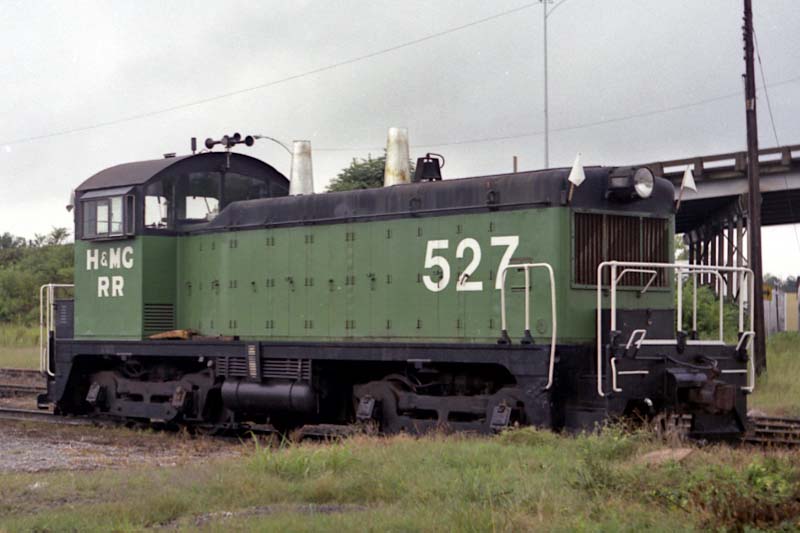
Huntsville & Madison County #527
Huntsville, Al / Sep 1986 / RWH


Huntsville & Madison County #527
to Burlington Northern #527
to Huntsville & Madison County #527
retired, scrapped

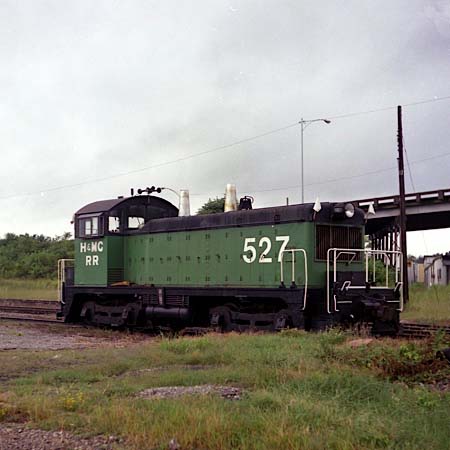
Huntsville, Al / Sep 1986 / JCH
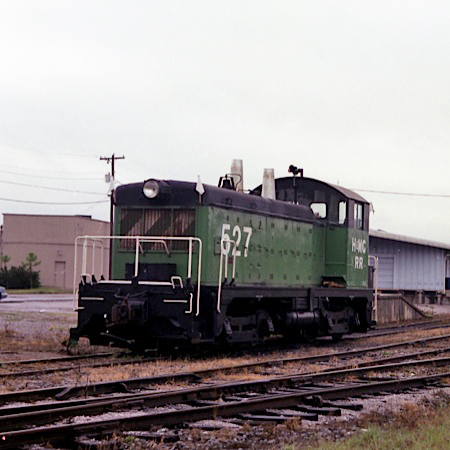
Huntsville, Al / Sep 1986 / JCH

Huntsville, Al / Sep 1986 / JCH
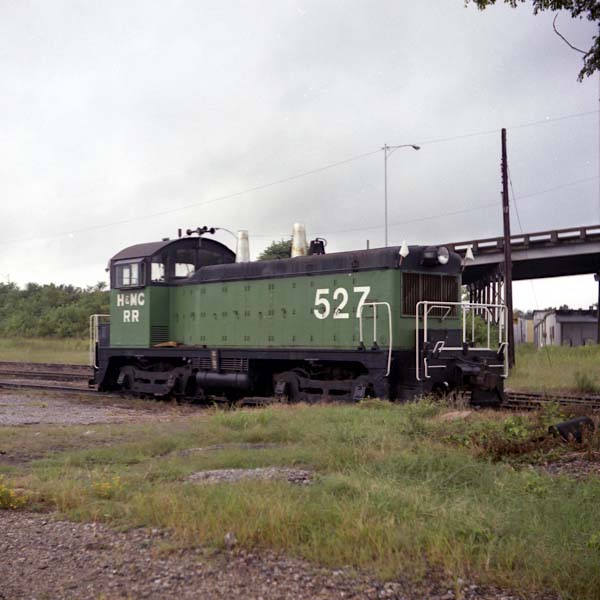
Huntsville, Al / Sep 1986 / JCH
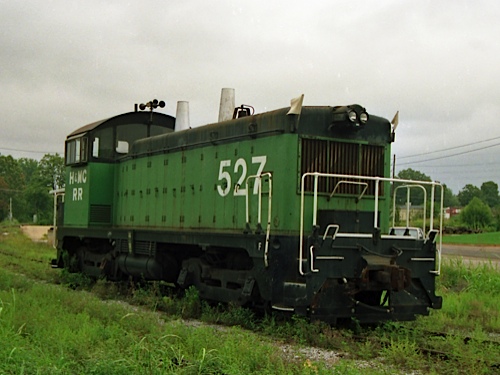
Huntsville, Al / Sep 1986 / RWH
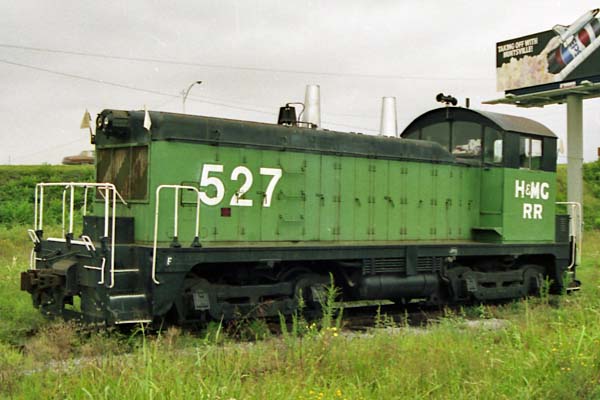
Huntsville, Al / Sep 1986 / RWH

Huntsville, Al / Sep 1986 / JCH

from The Short Line
#82 / Dec 196 / collection
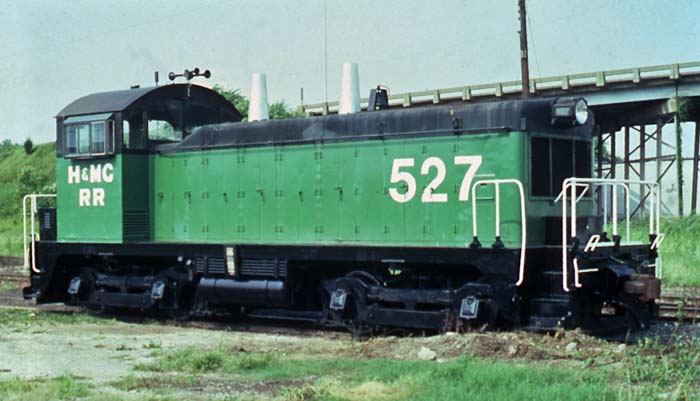
Huntsville, Al / collection
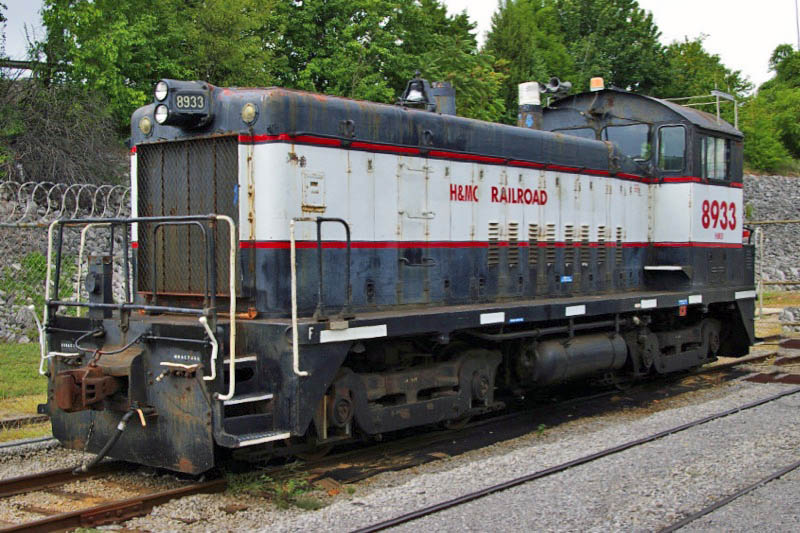
Huntsville Madison County #8933
Huntsville, Al / Sep 2012 / Stephie Kolata


Huntsville Madison County #8933
to Conrail #8933
to Everett Railroad #8933
to Huntsville Madison County #8933
out of service

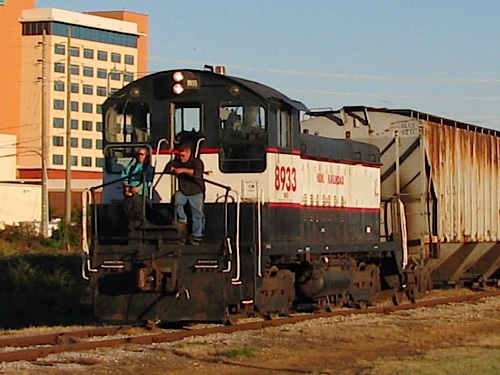
Huntsville, Al / Oct 2010 / Bob Baudendistel

Huntsville, Al / Oct 2010 / Bob Baudendistel
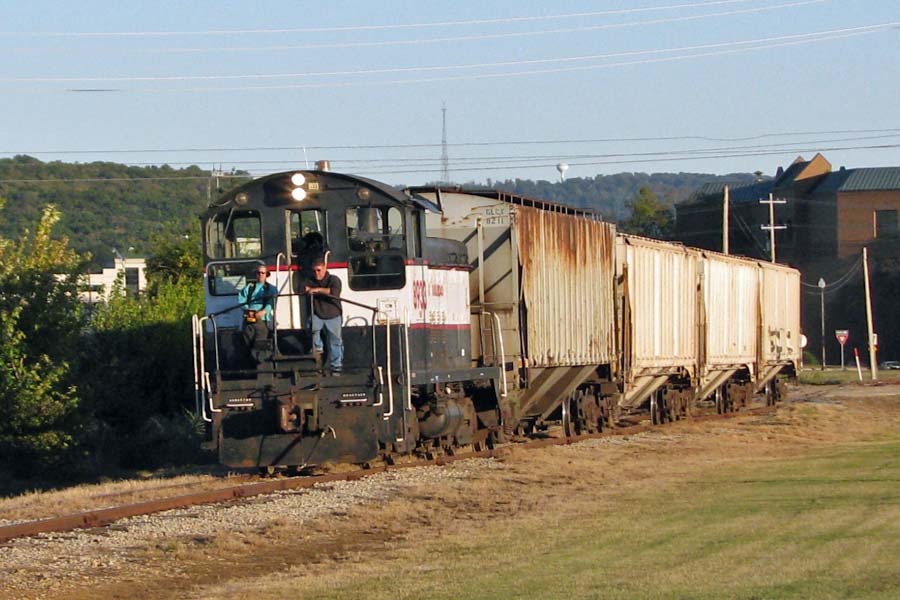
Huntsville, Al / Oct 2010 / Bob Baudendistel
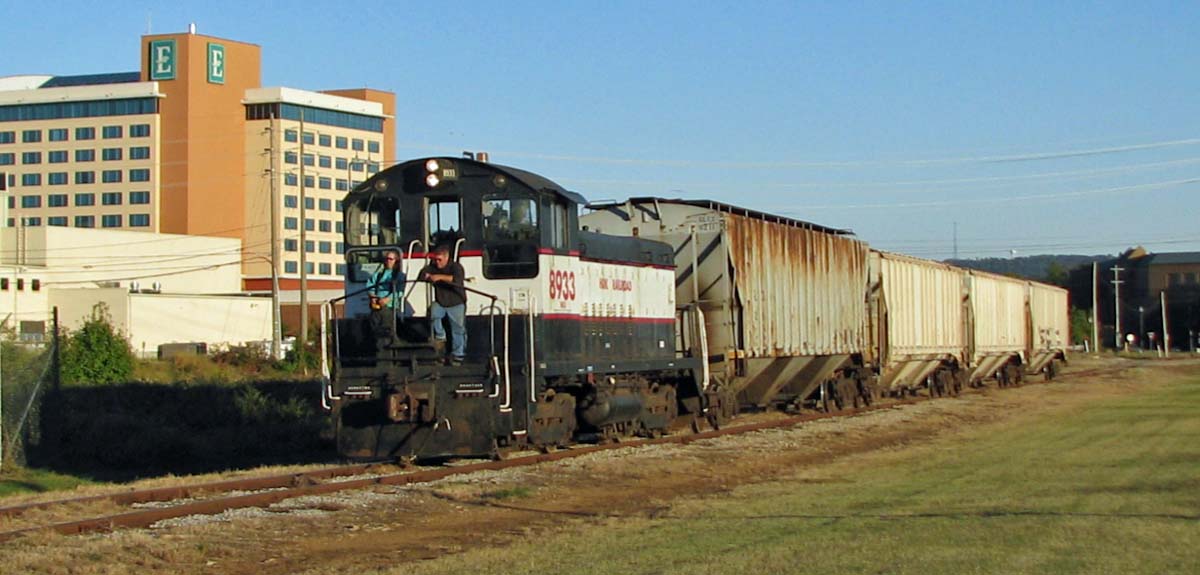
Huntsville, Al / Oct 2010 / Bob Baudendistel
HawkinsRails thanks Alabama railfan friend Bob Baudendistel for use of his HMCR photographs

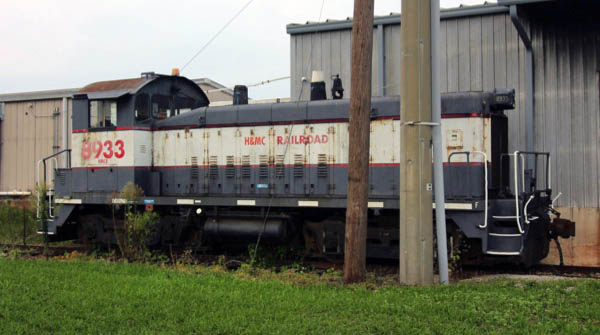
Huntsville, Al / Aug 2019 / RWH
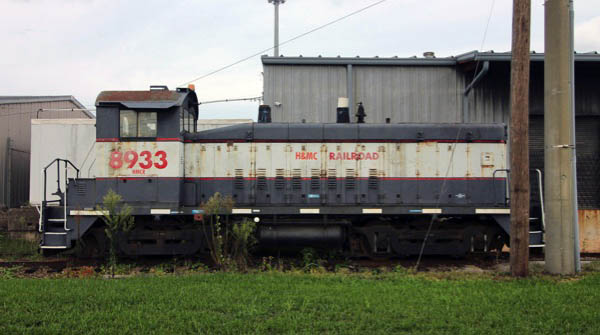
Huntsville, Al / Aug 2019 / RWH

Huntsville, Al / Aug 2019 / RWH
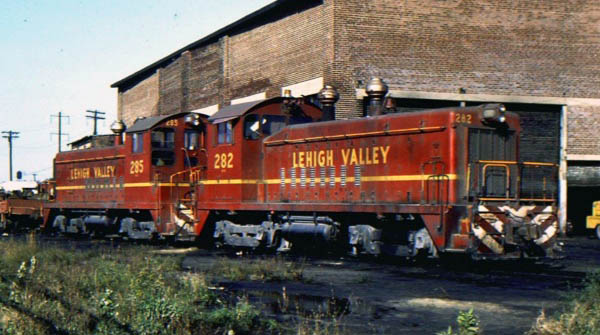
Lehigh Valley #282
Perth Amboy, NJ / Jun 1986 / Jack Smith
 General Electric B39-8
General Electric B39-8
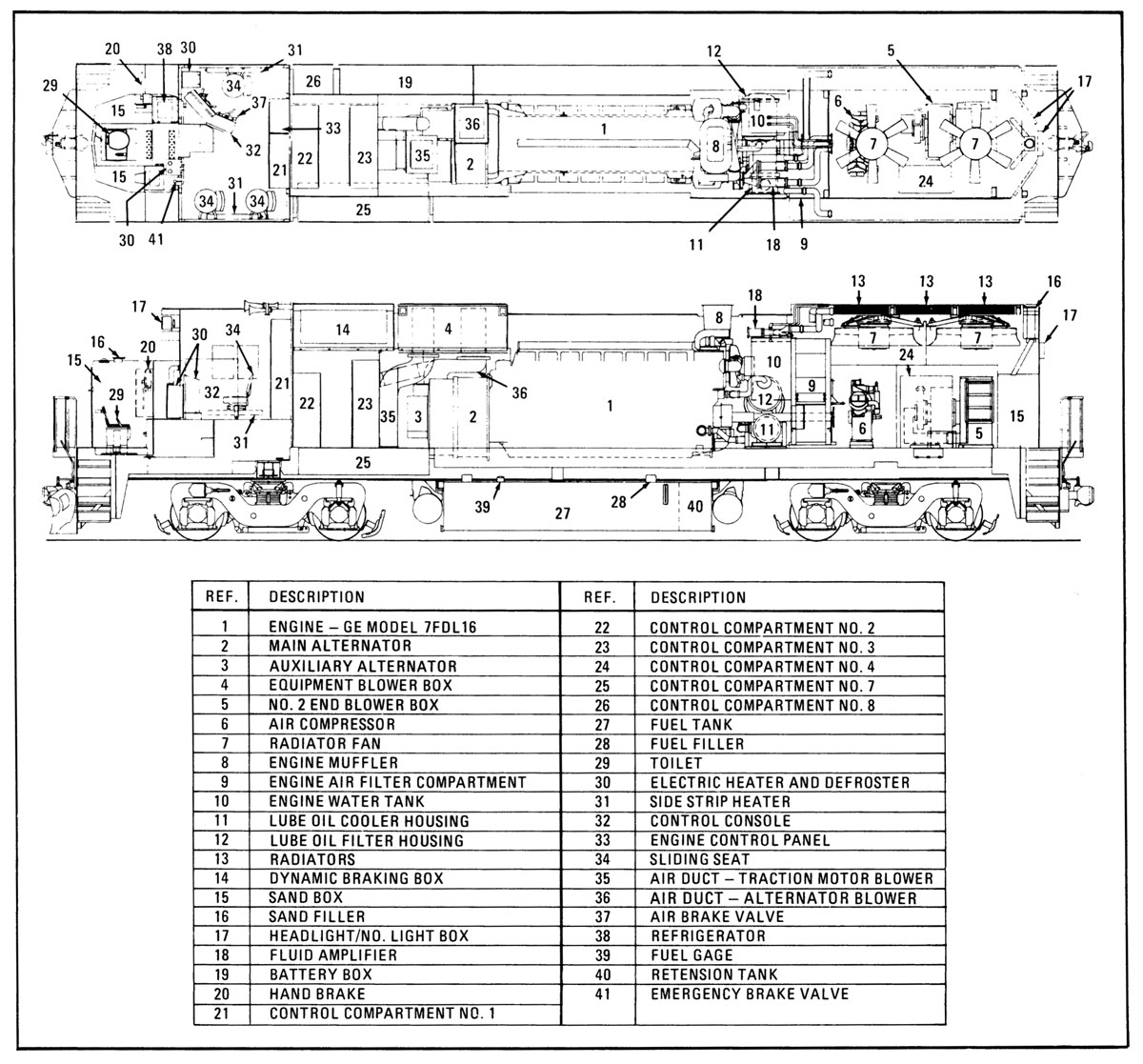
from General Electric Series-8 Handbook
/ web

 The first Dash-8 units were introduced by General Electric in 1984 and were produced alongside the last Dash-7 units. Eighteen initial demonstrators were produced: Three B32-8's for BN, three B39-8's for ATSF, ten C32-8's for CR and two C39-8's for NS. Dozens of additional C39-8's were built during the next two years for CR and NS, but no more B32-8's, B39-8's or C32-8's were built before GE introduced a much-improved "enhanced" version of the Dash-8 series in 1987, which accounted for the vast majority of Dash-8 production.
The first Dash-8 units were introduced by General Electric in 1984 and were produced alongside the last Dash-7 units. Eighteen initial demonstrators were produced: Three B32-8's for BN, three B39-8's for ATSF, ten C32-8's for CR and two C39-8's for NS. Dozens of additional C39-8's were built during the next two years for CR and NS, but no more B32-8's, B39-8's or C32-8's were built before GE introduced a much-improved "enhanced" version of the Dash-8 series in 1987, which accounted for the vast majority of Dash-8 production.
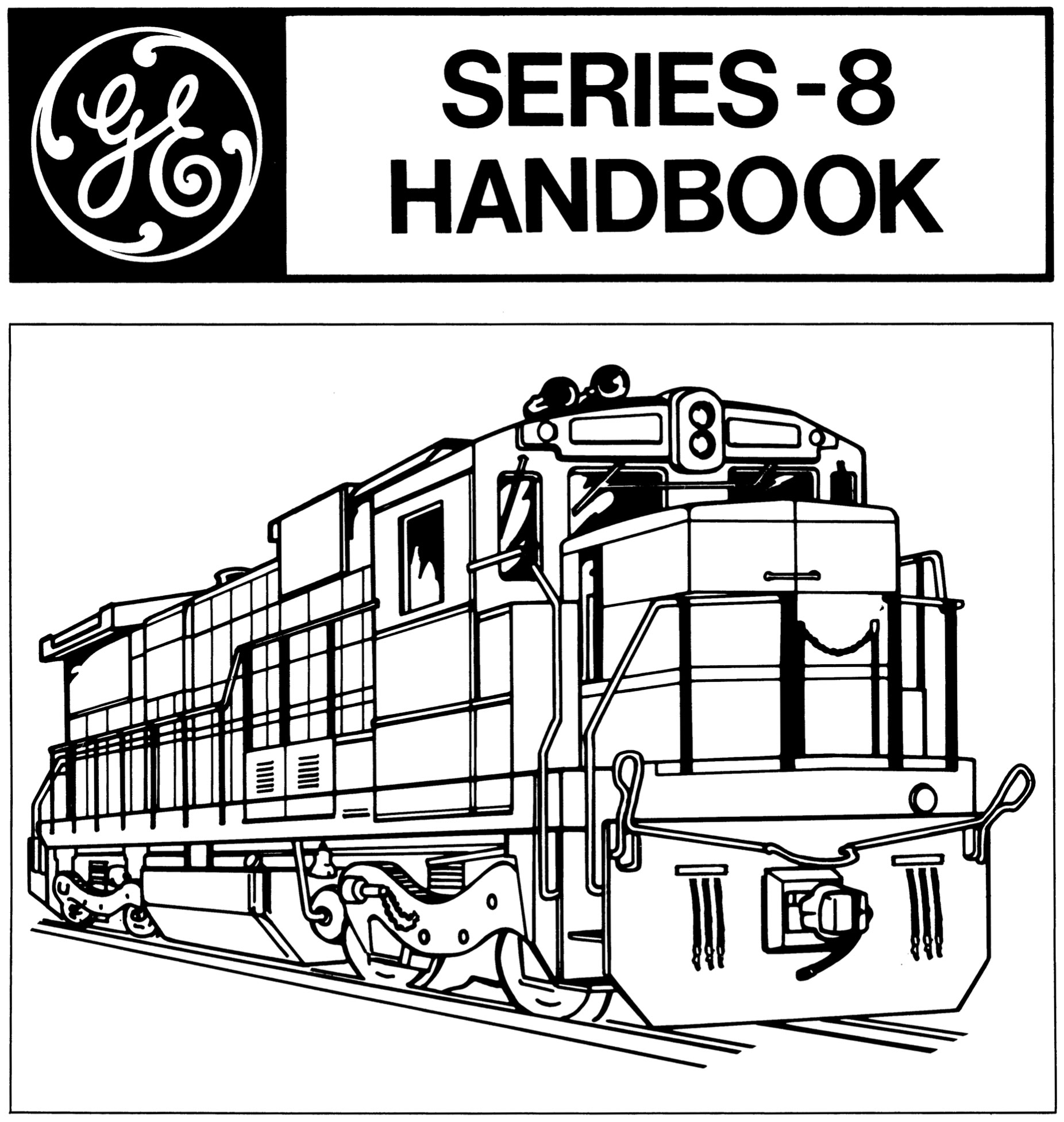 Early (pre-1987) Dash-8 units carried over some spotting features of the Dash-7 series, such as the general style of the hood doors and a break in the hood width near the radiators, along with a second break in the hood width on the fireman's side closer to the front of the hood. The cab roof was still rounded and was the same height as on Dash-7 units (105" above the walkway), but the eaves were higher than on Dash-7 units and the walkway height on the 4-axle units was increased from a nominal 68.625" to 70". The hood behind the cab created a "hump" that was taller than the cab itself, and the radiator intakes were vertical and located under angular radiator "wings". The raised hood section behind the cab contained a boxy housing for the dynamic brakes, which had been incorporated into some B30-7A and C36-7 units a few years earlier.
Early (pre-1987) Dash-8 units carried over some spotting features of the Dash-7 series, such as the general style of the hood doors and a break in the hood width near the radiators, along with a second break in the hood width on the fireman's side closer to the front of the hood. The cab roof was still rounded and was the same height as on Dash-7 units (105" above the walkway), but the eaves were higher than on Dash-7 units and the walkway height on the 4-axle units was increased from a nominal 68.625" to 70". The hood behind the cab created a "hump" that was taller than the cab itself, and the radiator intakes were vertical and located under angular radiator "wings". The raised hood section behind the cab contained a boxy housing for the dynamic brakes, which had been incorporated into some B30-7A and C36-7 units a few years earlier.
GE made a large number of electrical and mechanical improvements after the first Dash-8 units were produced, which appeared in all production versions of the B32-8 and B39-8 introduced in 1987. Although these units sometimes have an "E" added at the end of the model name (as in B39-8E) the builder's plate apparently lacked such a designation. Externally, the improvements made to later Dash-8 units resulted in an almost entirely redesigned carbody, which included a cab roof changed to an angled design and raised to match the hood, while the headlight/numberboard assembly was narrowed and had the headlights mounted horizontally. The dynamic brake/central air intake area was simplified, with fewer doors and seams; the hood was made the same width along its entire length, eliminating the break in the hood width near the radiators.

from The Contemporary Diesel Spotter's Guide
/ collection
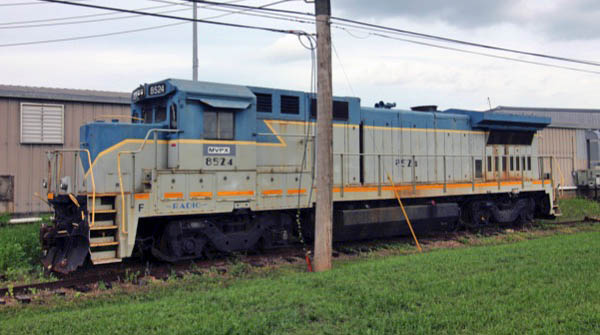
Huntsville Madison County #8524
Huntsville, Al / Aug 2019 / RWH


Huntsville Madison County #8524
to Relco Locomotives #8524
to San Luis & Rio Grande #8524
to Saratoga & North Creek #8524
to Huntsville Madison County #8524

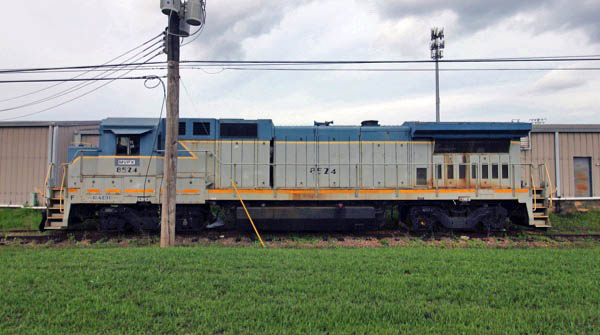
Huntsville, Al / Aug 2019 / RWH
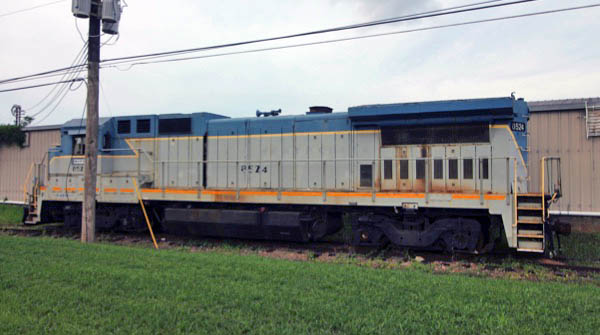
Huntsville, Al / Aug 2019 / RWH
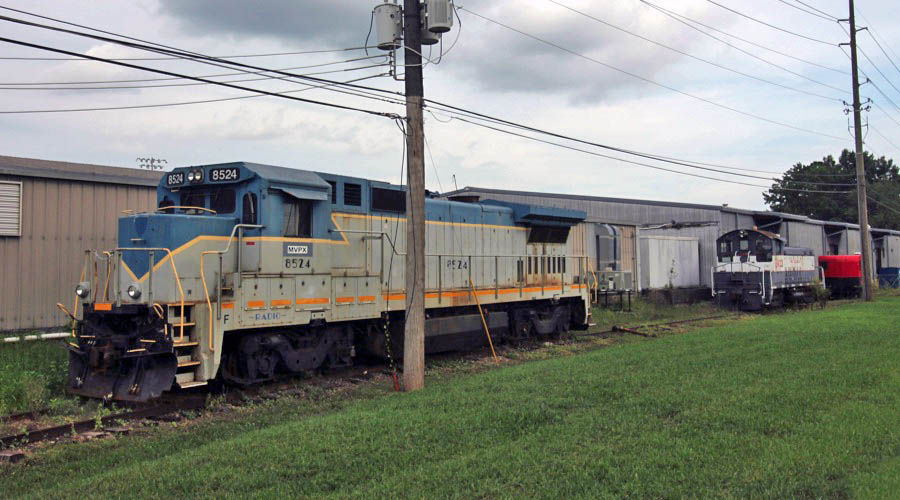
Huntsville, Al / Aug 2019 / RWH

Huntsville Madison County #8527
Huntsville, Al / Aug 2019 / RWH


Huntsville Madison County #8527
to Relco Locomotives #8527
to San Luis & Rio Grande #8527
to Huntsville Madison County #8527

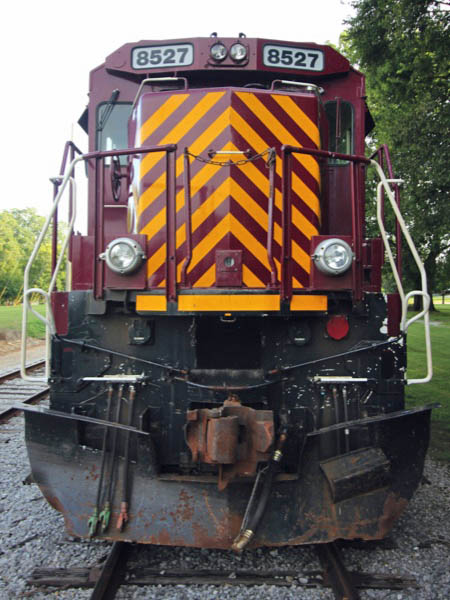
Aug 2019 / RWH

Huntsville, Al / Aug 2019 / RWH
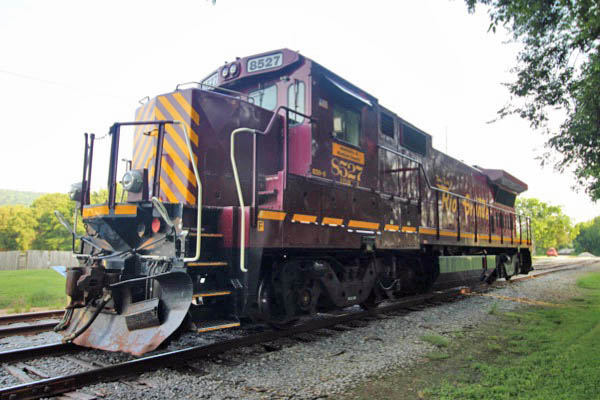
Huntsville, Al / Aug 2019 / RWH
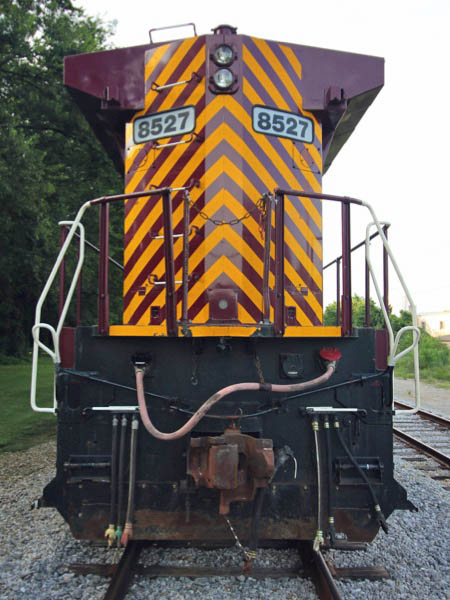
Aug 2019 / RWH
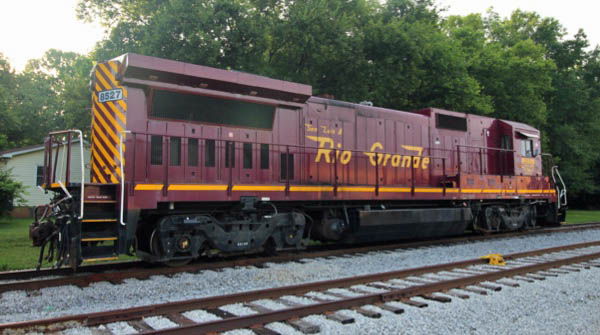
Huntsville, Al / Aug 2019 / RWH
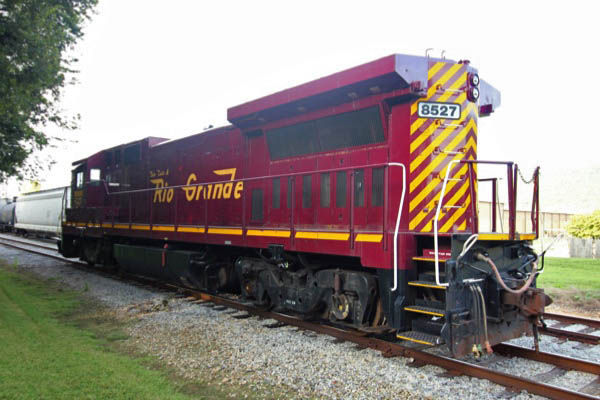
Huntsville, Al / Aug 2019 / RWH
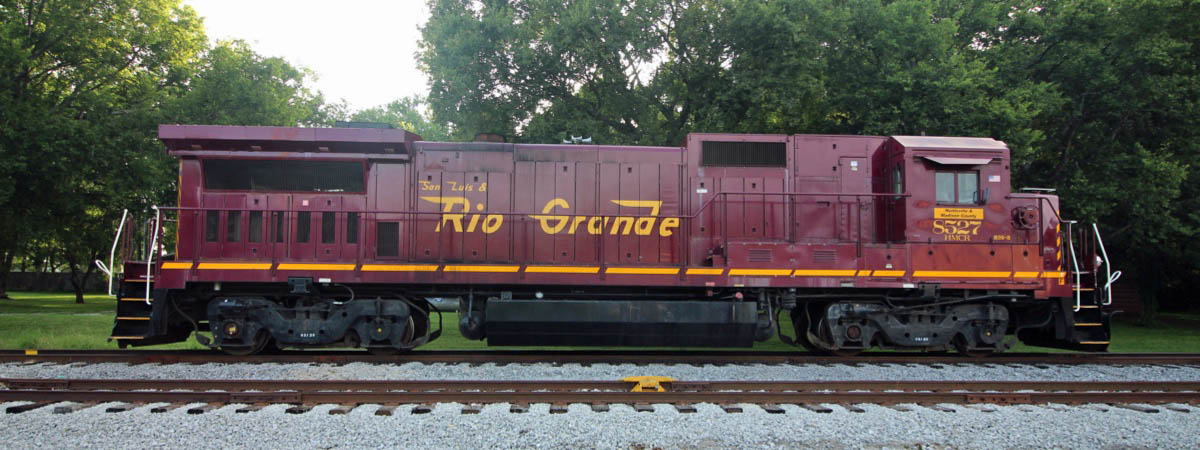
Huntsville, Al / Aug 2019 / RWH
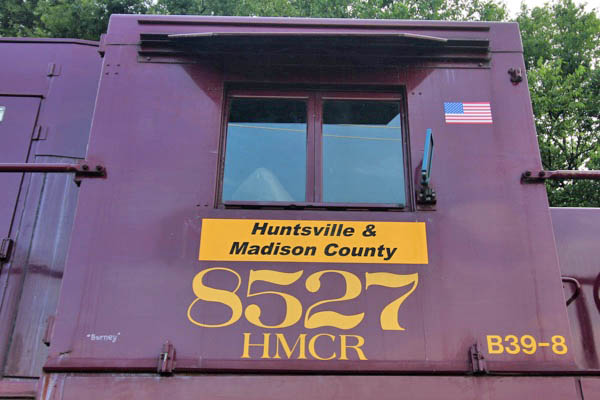
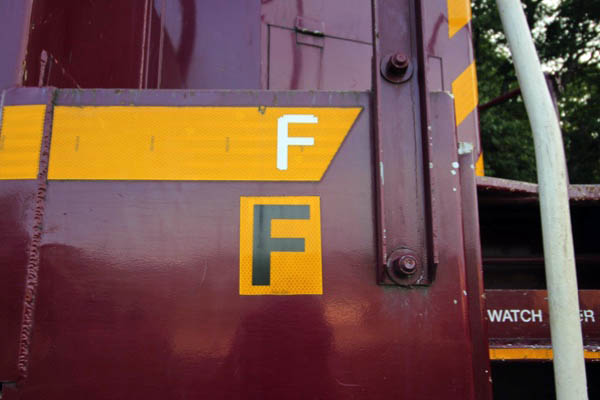
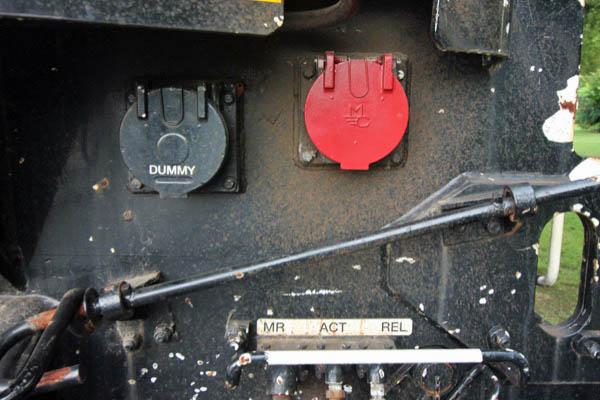

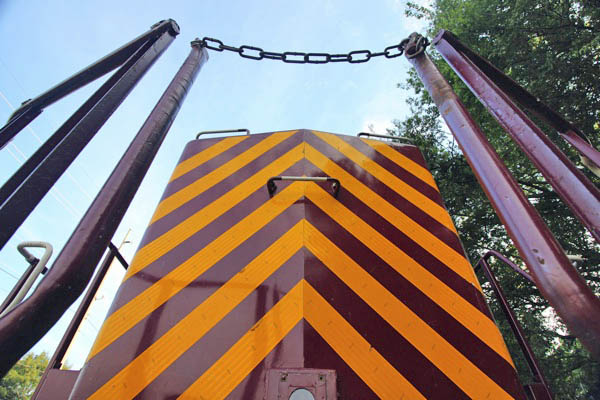
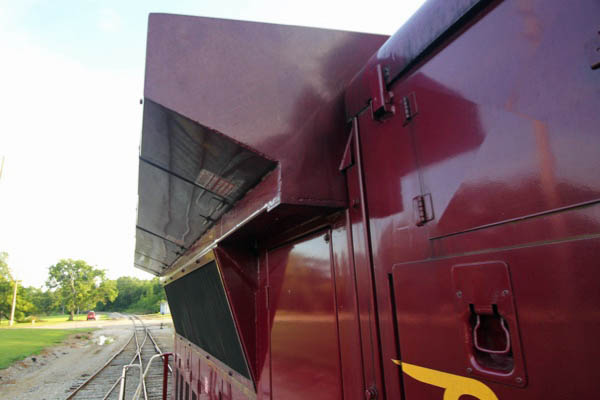


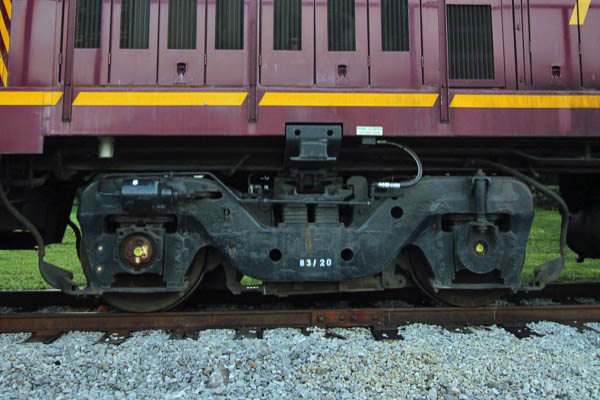
Aug 2019 / RWH
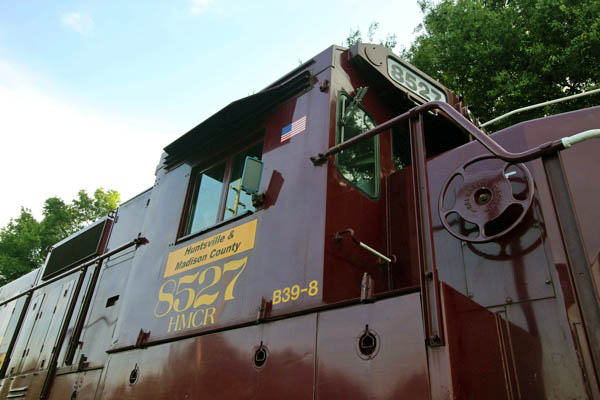
Aug 2019 / RWH
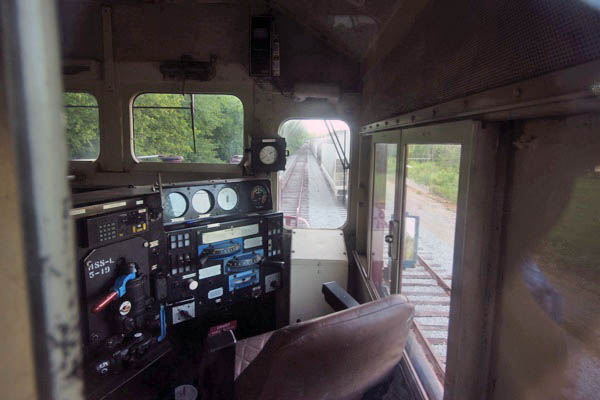
Aug 2019 / RWH

Aug 2019 / RWH
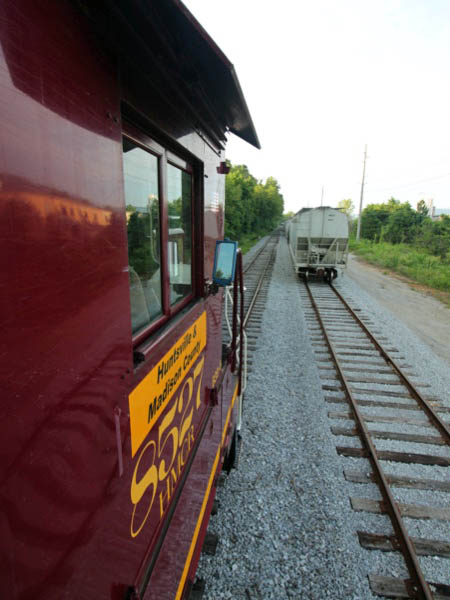
Aug 2019 / RWH
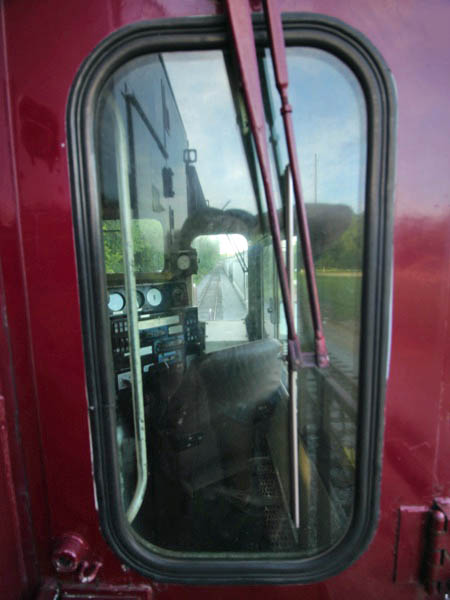
Aug 2019 / RWH
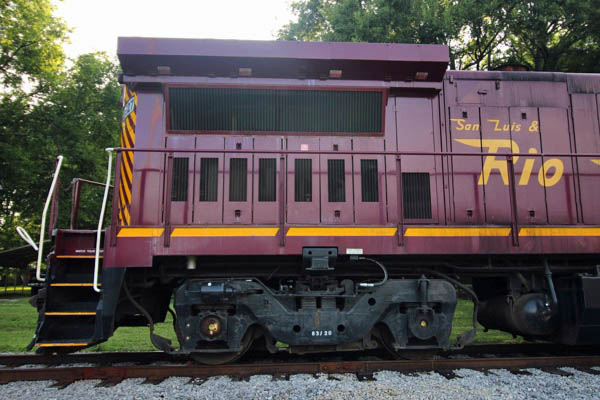
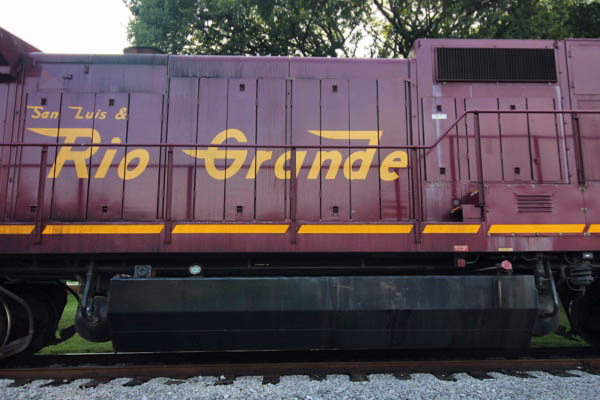
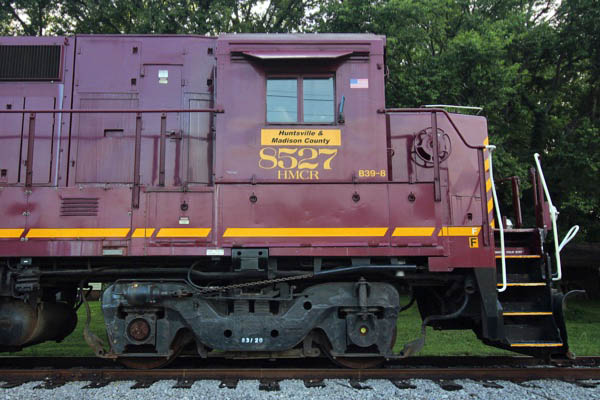
Aug 2019 / RWH

Huntsville, Al / Aug 2019 / RWH
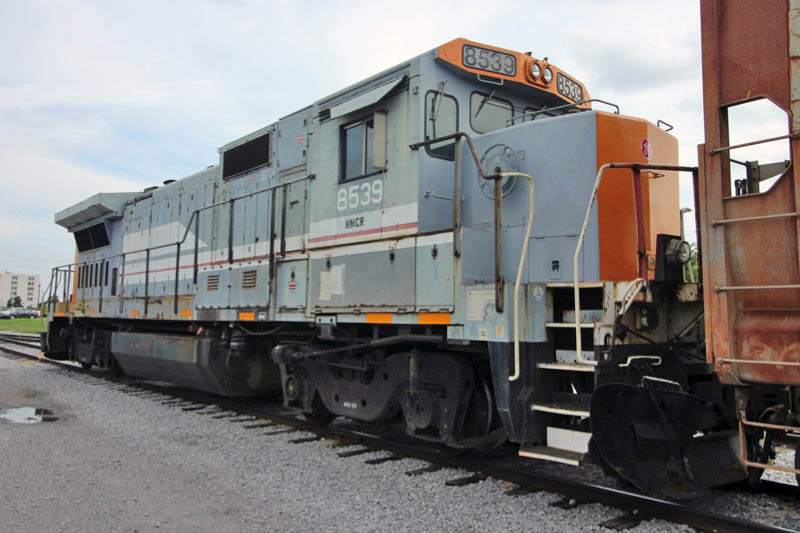
Huntsville Madison County #8539
Huntsville, Al / Aug 2019 / RWH


Huntsville Madison County #8539
to Relco Locomotives #8539
to Huntsville Madison County #8539

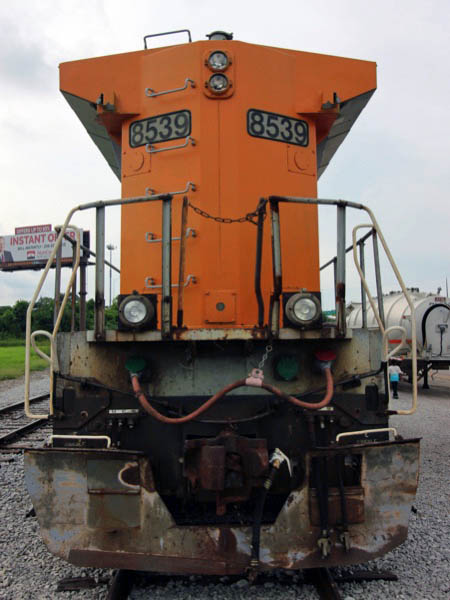
Aug 2019 / RWH
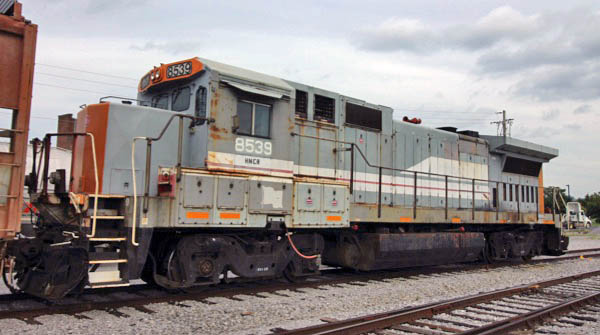
Huntsville, Al / Aug 2019 / RWH

Huntsville, Al / Aug 2019 / RWH

Huntsville, Al / Aug 2019 / RWH
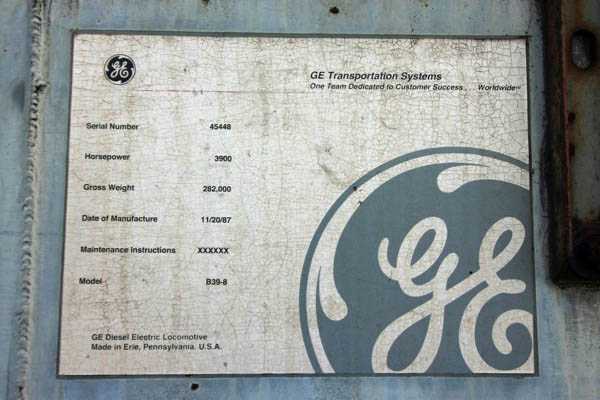
Aug 2019 / RWH
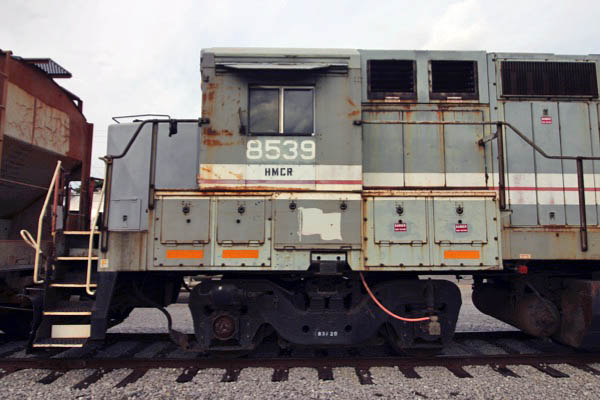
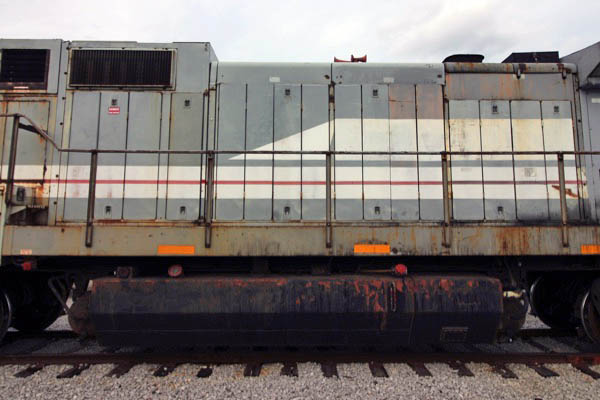
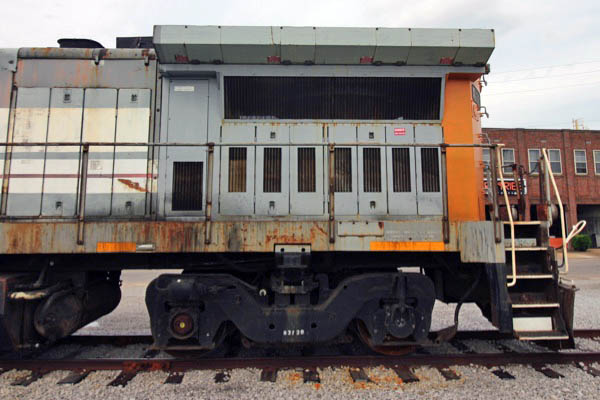
Huntsville, Al / Aug 2019 / RWH
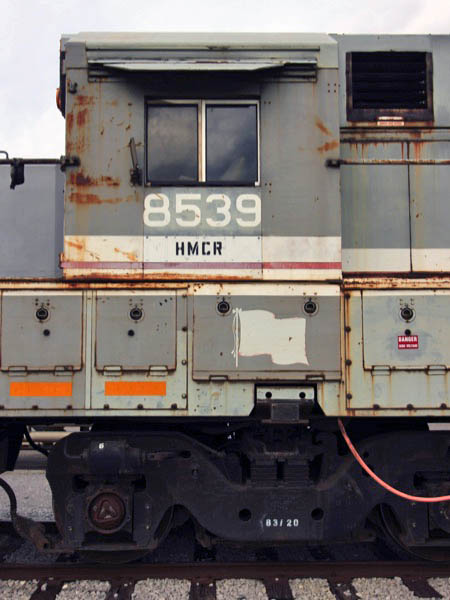
Aug 2019 / RWH

Huntsville, Al / Aug 2019 / RWH
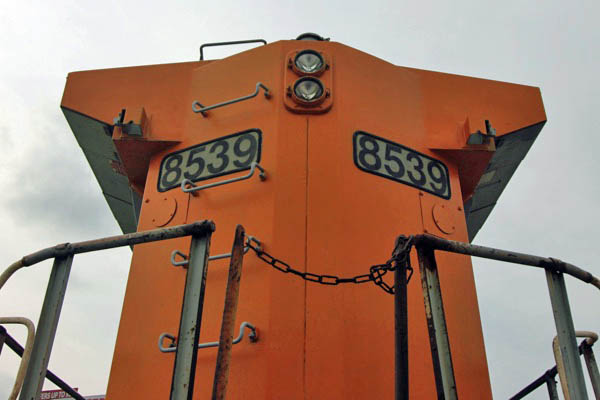
Huntsville, Al / Aug 2019 / RWH

Huntsville, Al / Aug 2019 / RWH
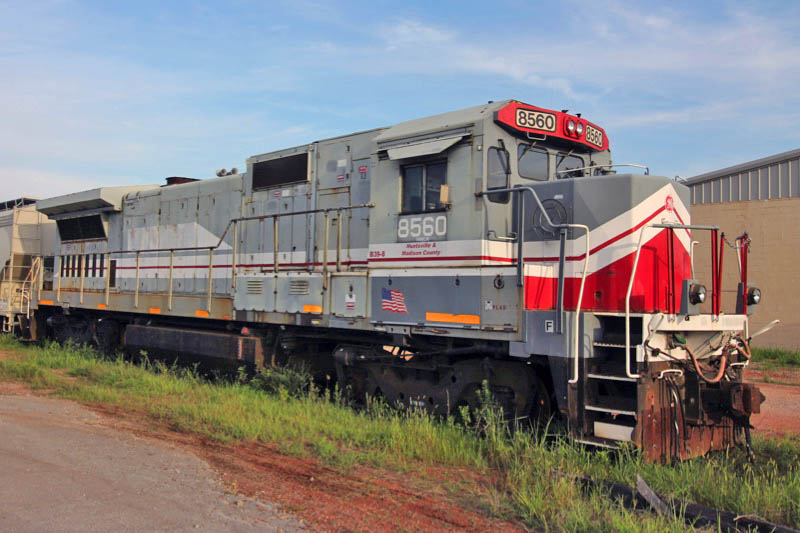
Huntsville Madison County #8560
Huntsville, Al / Aug 2019 / RWH


Huntsville Madison County #8560
to Relco Locomotives #8570
to San Luis & Rio Grande #8560
to Motive Power Resources #8560
to Huntsville Madison County #8560


Aug 2019 / RWH
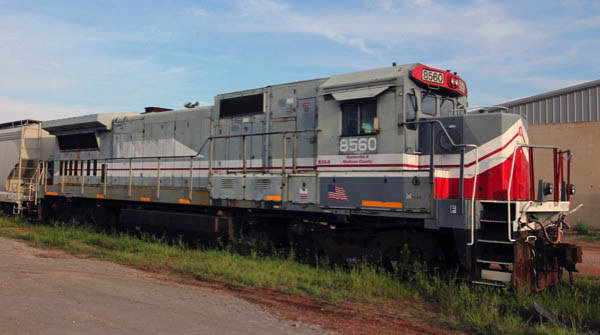
Huntsville, Al / Aug 2019 / RWH
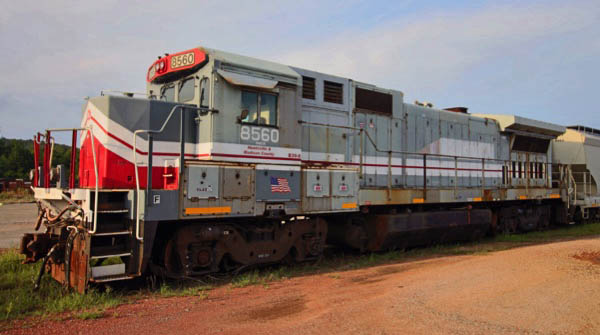
Huntsville, Al / Aug 2019 / RWH
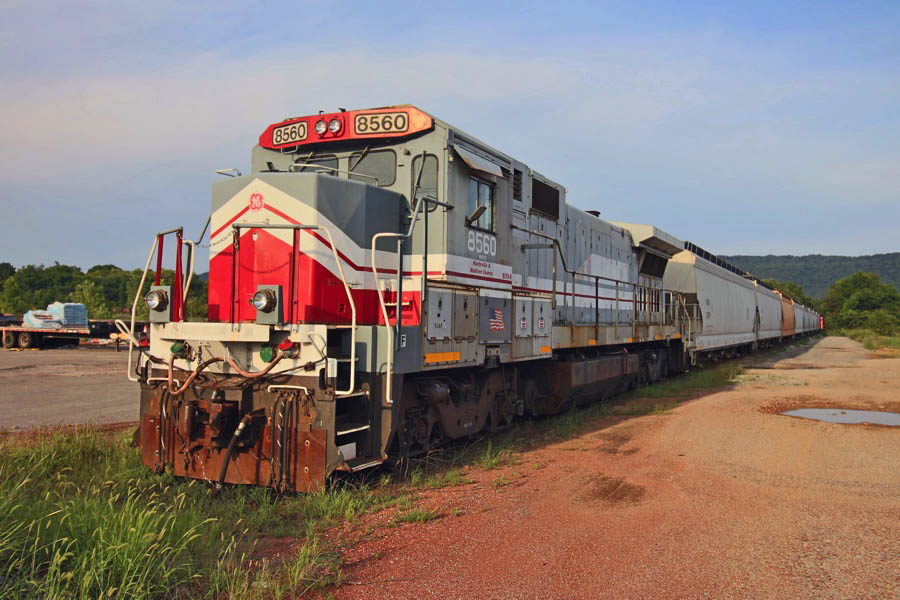
Huntsville, Al / Aug 2019 / RWH
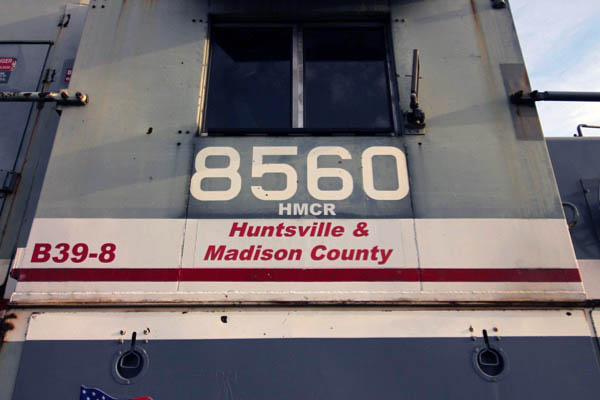
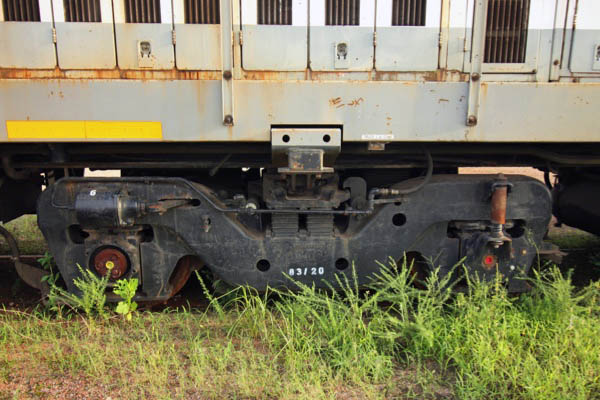

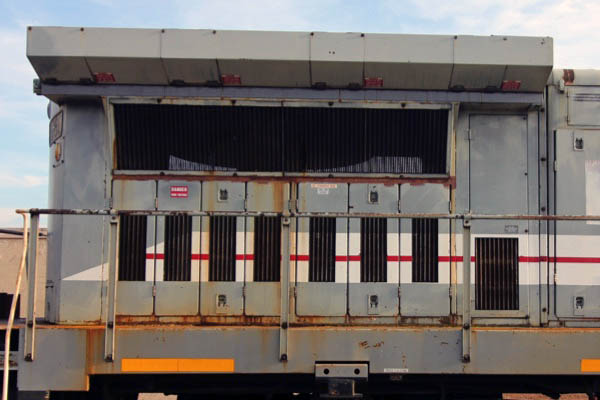
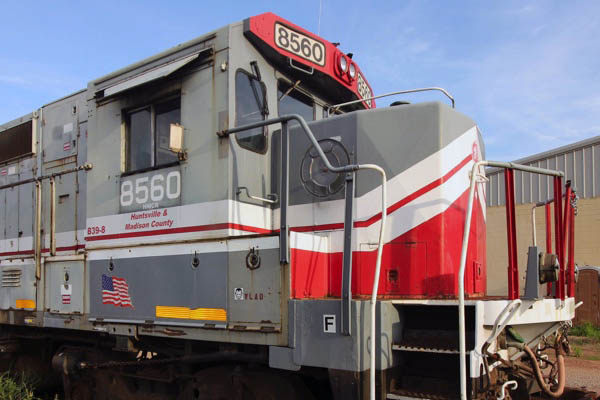
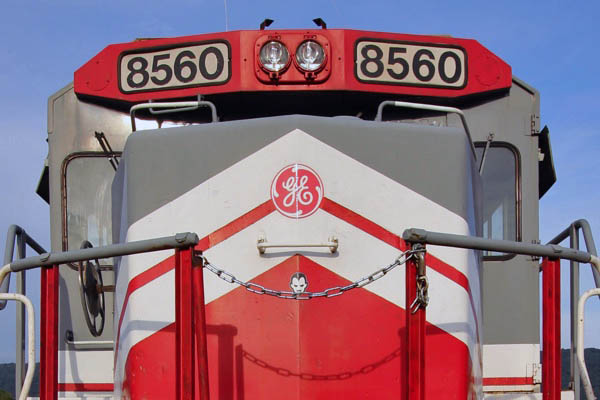
Aug 2019 / RWH
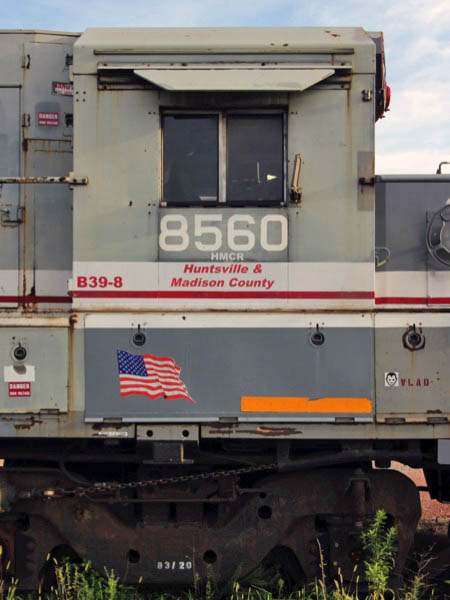
Aug 2019 / RWH
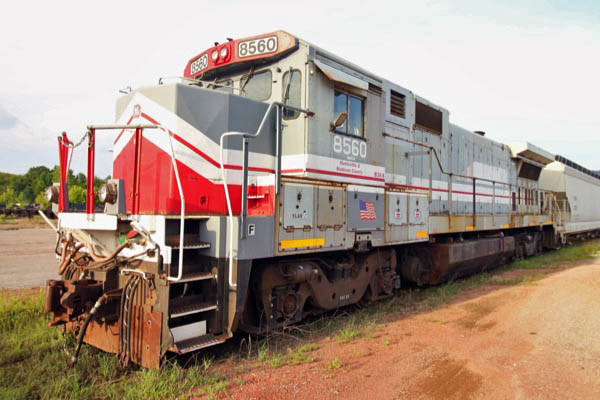
Huntsville, Al / Aug 2019 / RWH

Aug 2019 / RWH

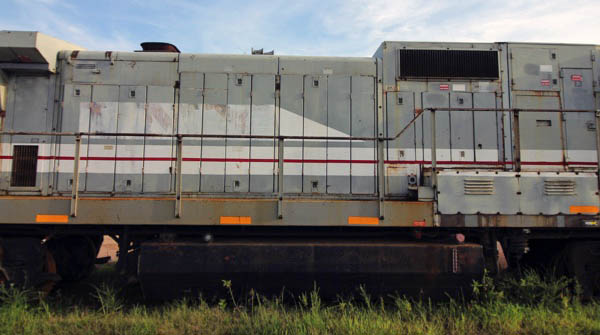
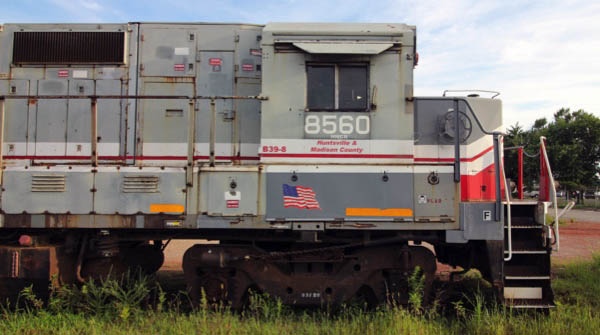
Aug 2019 / RWH
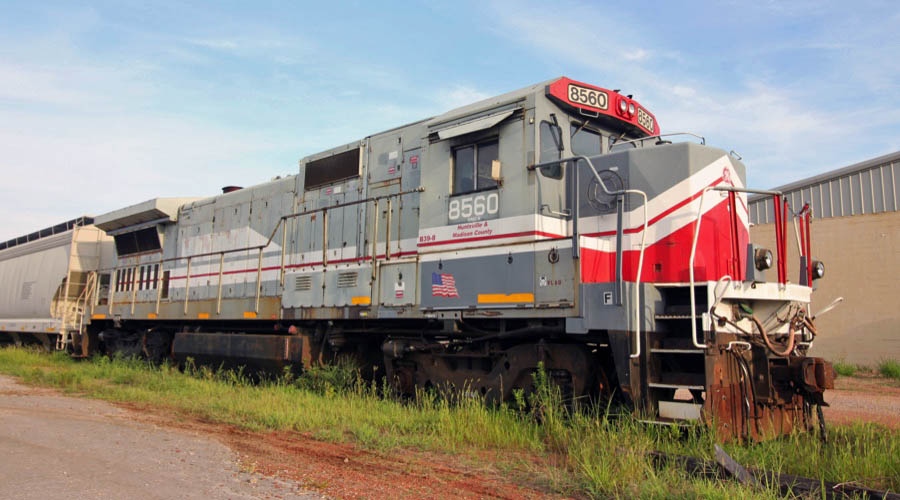
Huntsville, Al / Aug 2019 / RWH

Huntsville, Al / Aug 2019 / RWH
 Locations
Locations
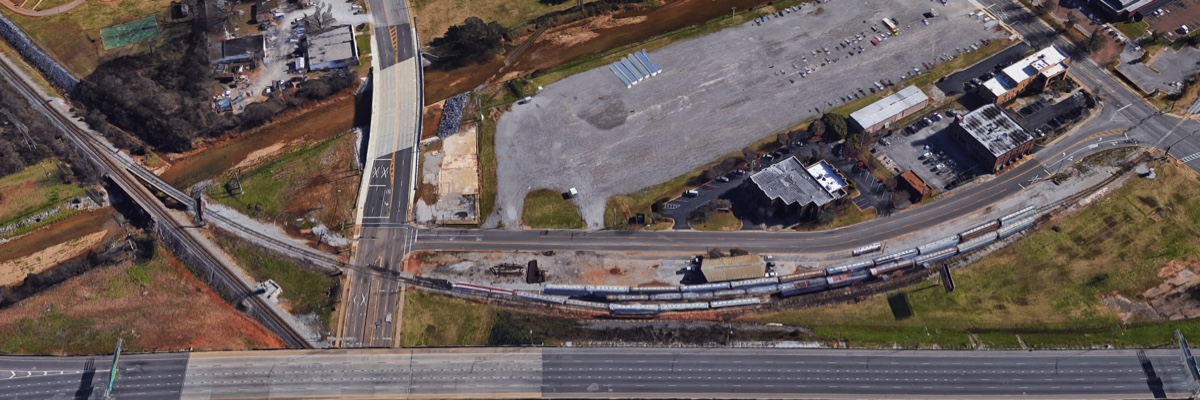
HMCR yard overhead / Google Maps
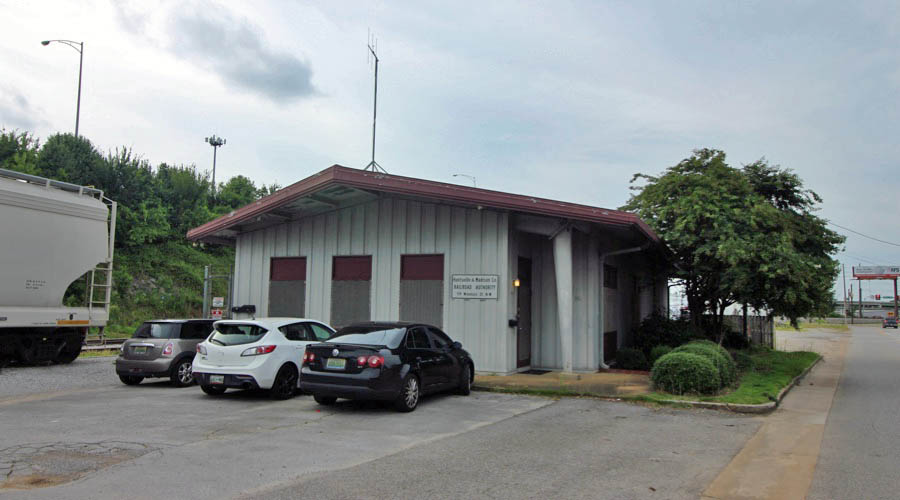
Huntsville Madison County office
Huntsville, Al / Aug 2019 / RWH

Click to see the Huntsville yard area plotted on a Google Maps page
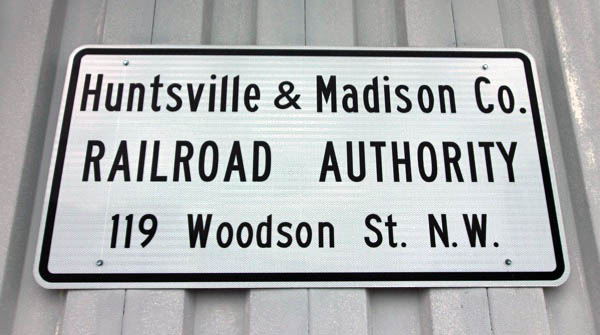
Aug 2019 / RWH
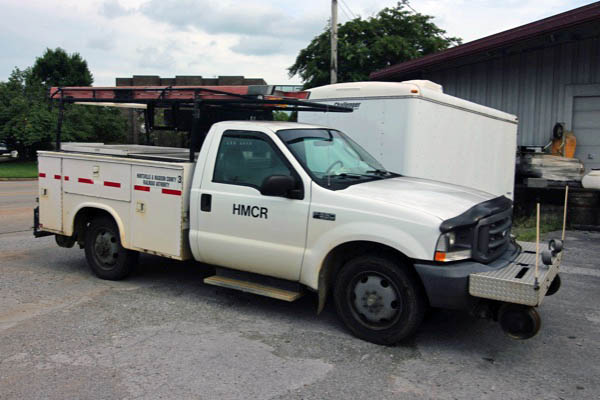
Huntsville, Al / Aug 2019 / RWH
 Woodson Street Flashback
Woodson Street Flashback
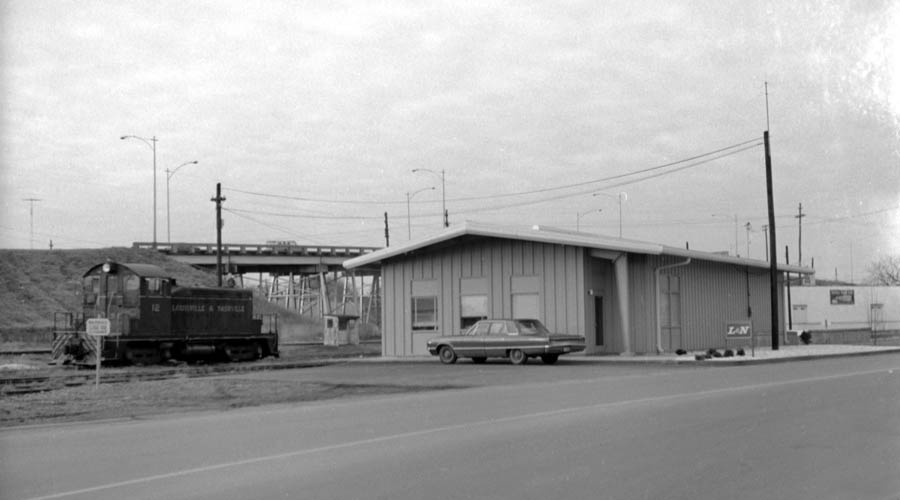
Huntsville, Al / Jun 1970 / JCH
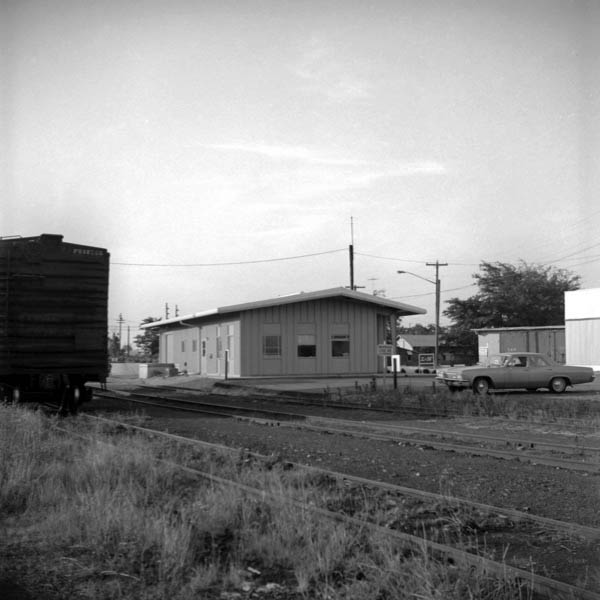
Huntsville, Al / Jun 1970 / JCH
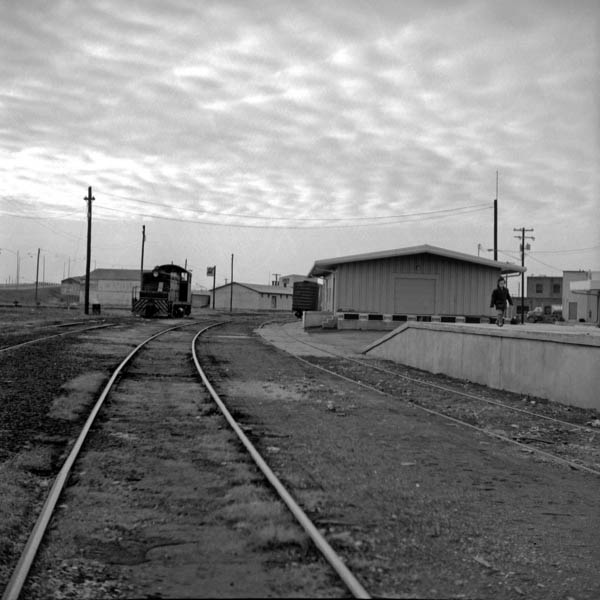
Huntsville, Al / Jun 1970 / JCH

Huntsville, Al / Jun 1969 / JCH

Huntsville, Al / Jun 1969 / JCH
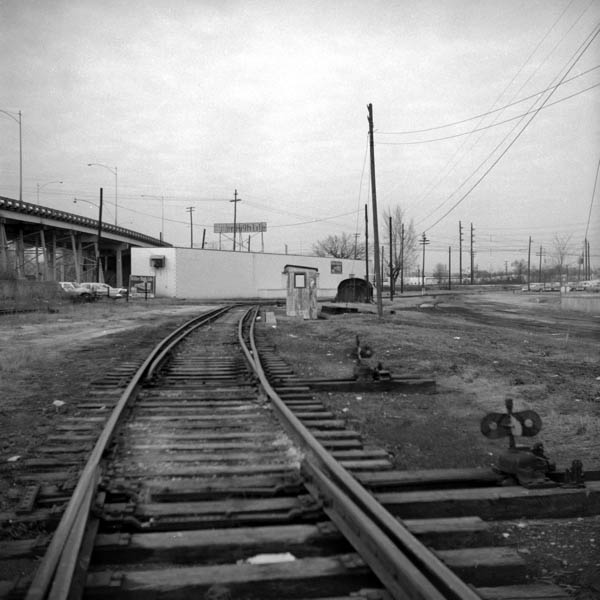
Huntsville, Al / Jun 1969 / JCH
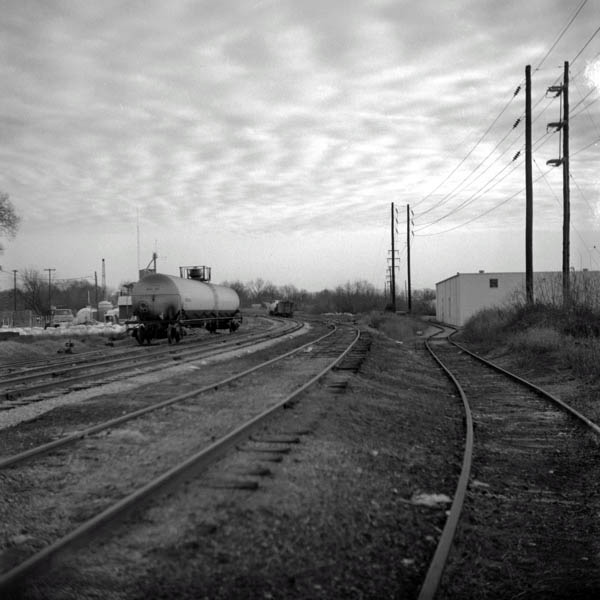
Huntsville, Al / Jun 1969 / JCH
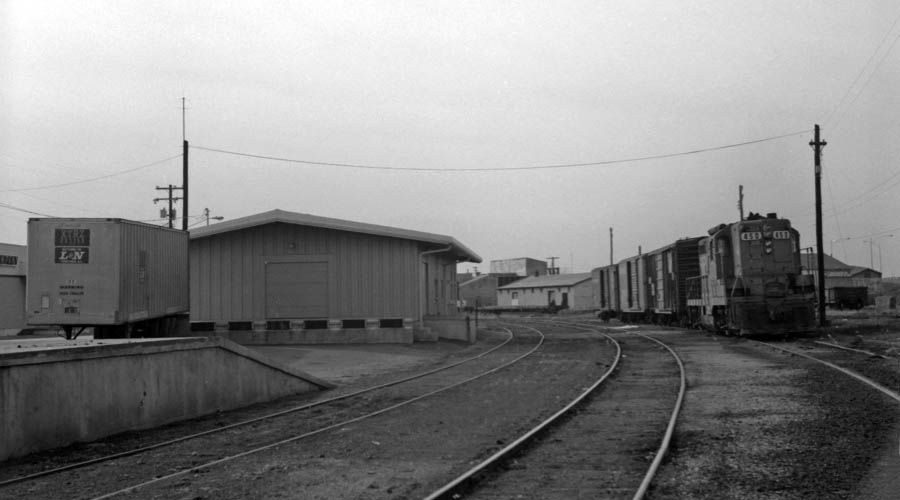
Huntsville, Al / Jun 1969 / JCH
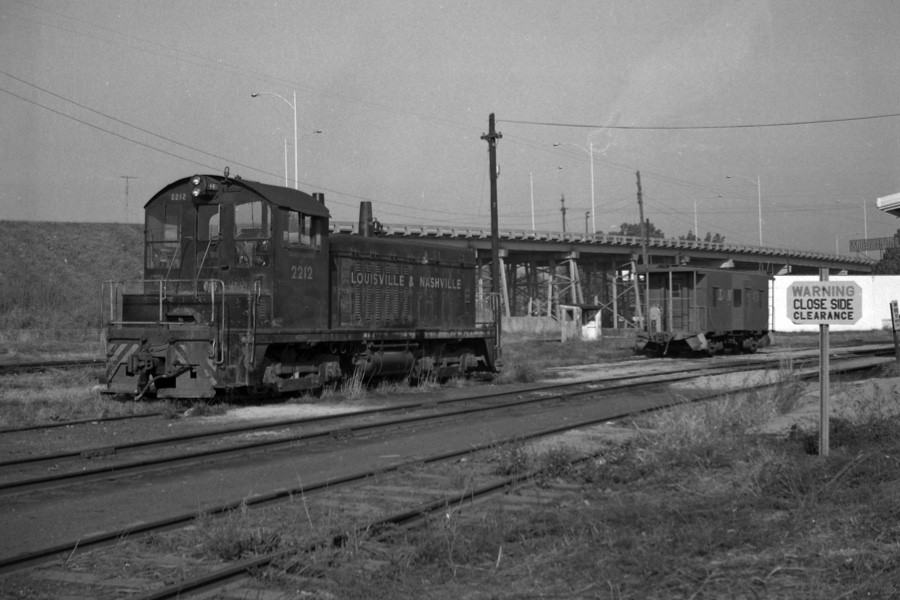
Huntsville, Al / Nov 1970 / JCH
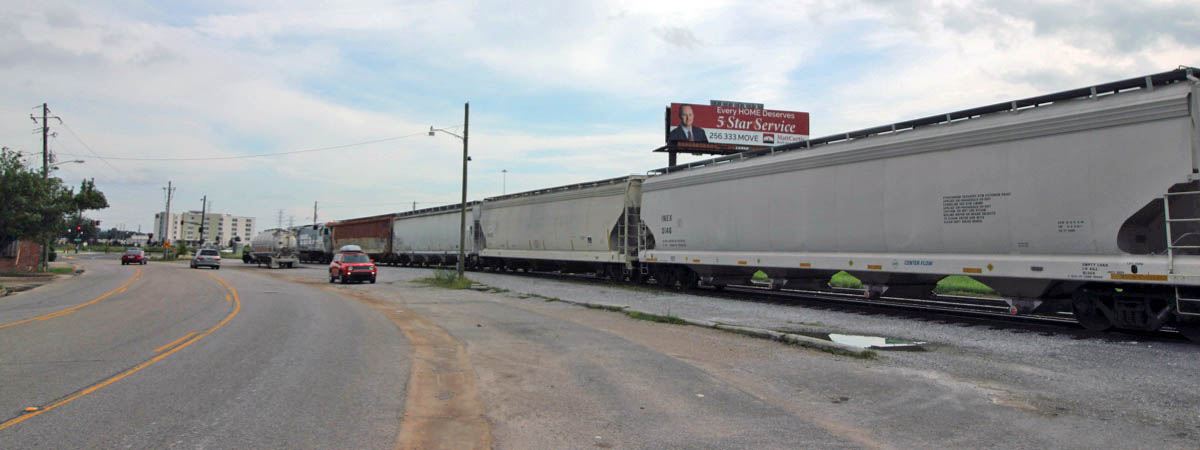
Huntsville, Al / Aug 2019 / RWH

Huntsville, Al / Aug 2019 / RWH
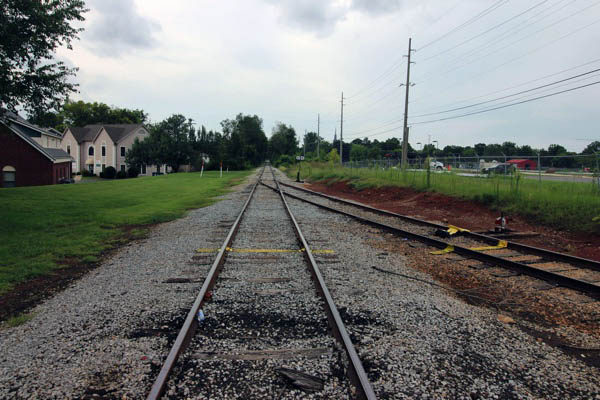
Huntsville, Al / Aug 2019 / RWH

Huntsville, Al / Aug 2019 / RWH

Click to see this siding plotted on a Google Maps page

Huntsville, Al / Aug 2019 / RWH
 Bulk Transloading Area
Bulk Transloading Area
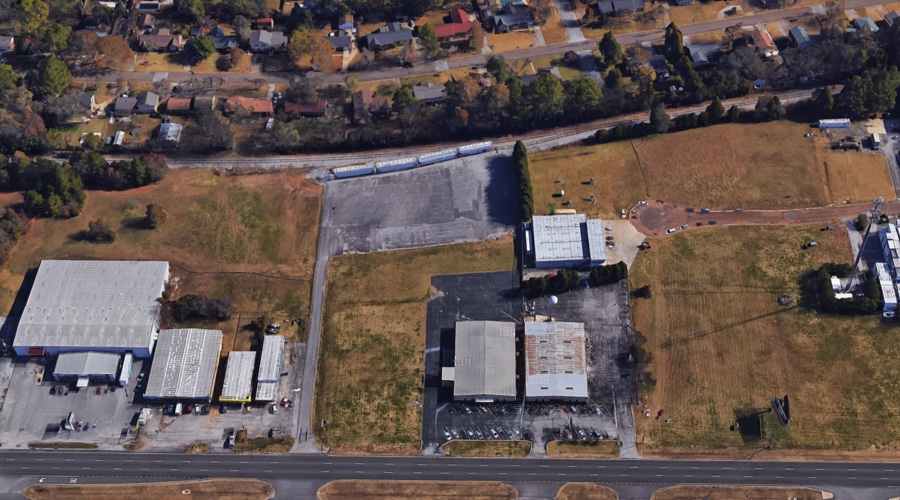
Transloading area overhead / Google Maps

Click to see this transloading area plotted on a Google Maps page
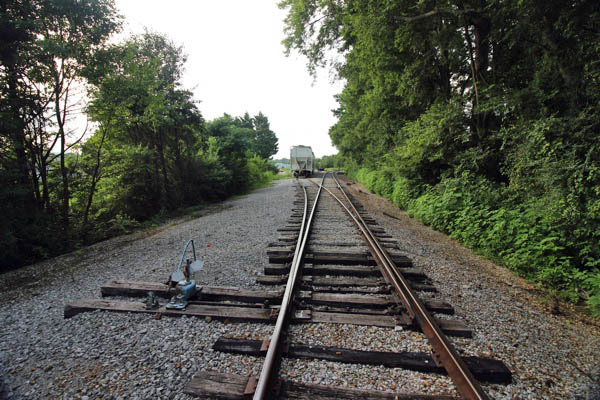
Huntsville, Al / Aug 2019 / RWH
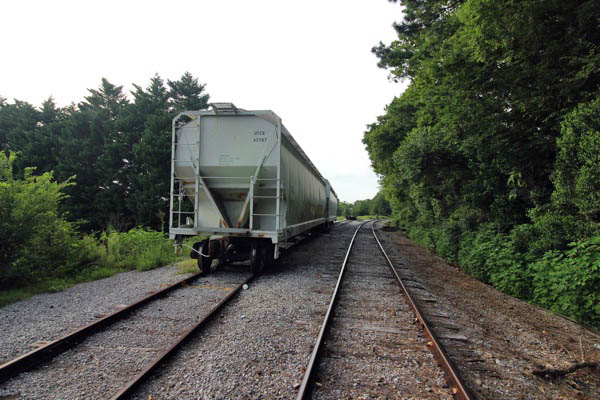
Huntsville, Al / Aug 2019 / RWH

Huntsville, Al / Aug 2019 / RWH
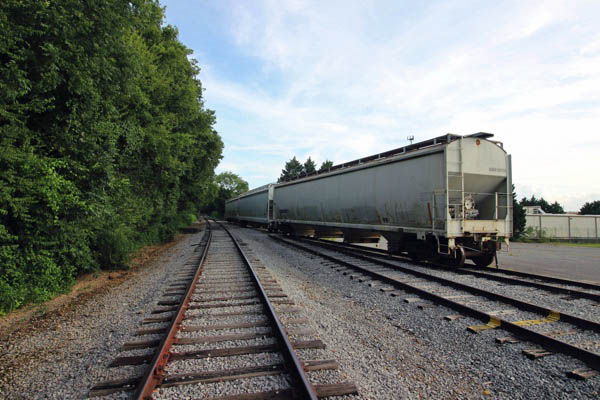
Huntsville, Al / Aug 2019 / RWH
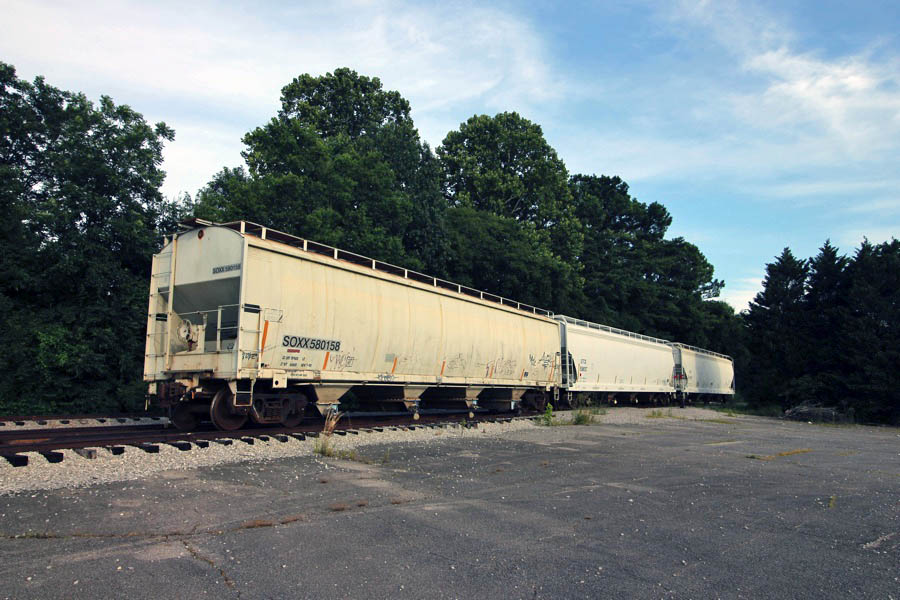
Huntsville, Al / Aug 2019 / RWH

SMBC Rail Services #580158
covered hopper / Huntsville, Al / Aug 2019 / RWH
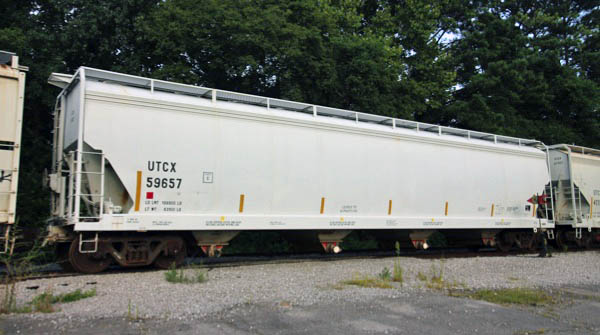
Union Tank Car Company #59657
covered hopper / Huntsville, Al / Aug 2019 / RWH
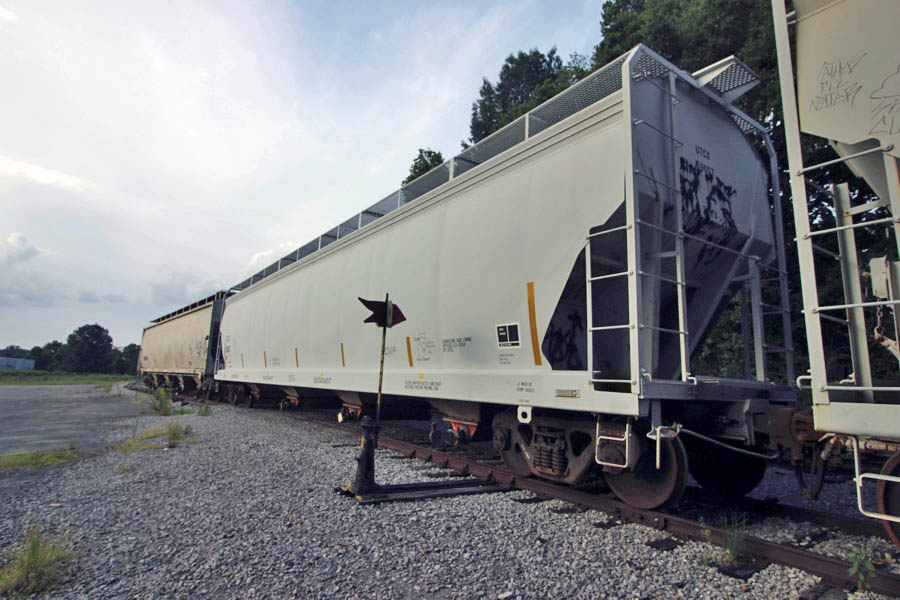
Huntsville, Al / Aug 2019 / RWH
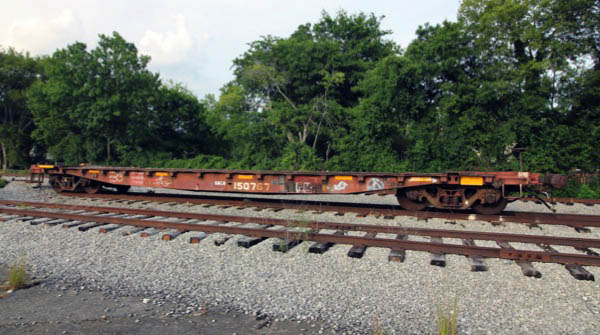
Huntsville Madison County #150757
flatcar / Huntsville, Al / Aug 2019 / RWH
 Lagniappe
Lagniappe
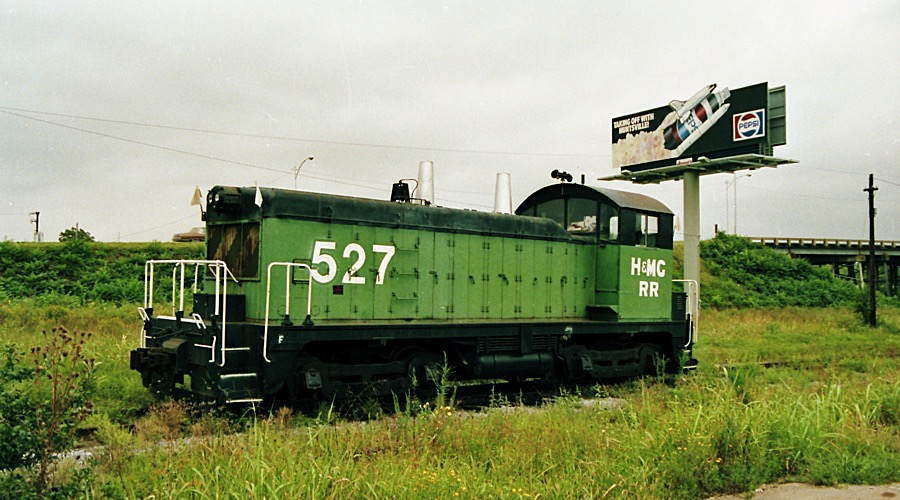
Space Shuttles
Huntsville, Al / Sep 1986 / RWH
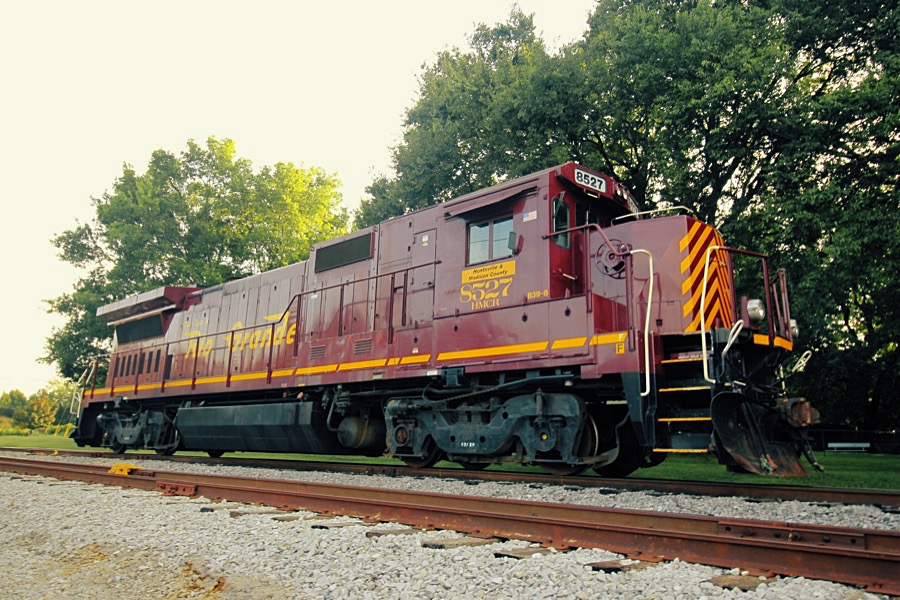
The Dash Eight Line
Huntsville, Al / Aug 2019 / RWH
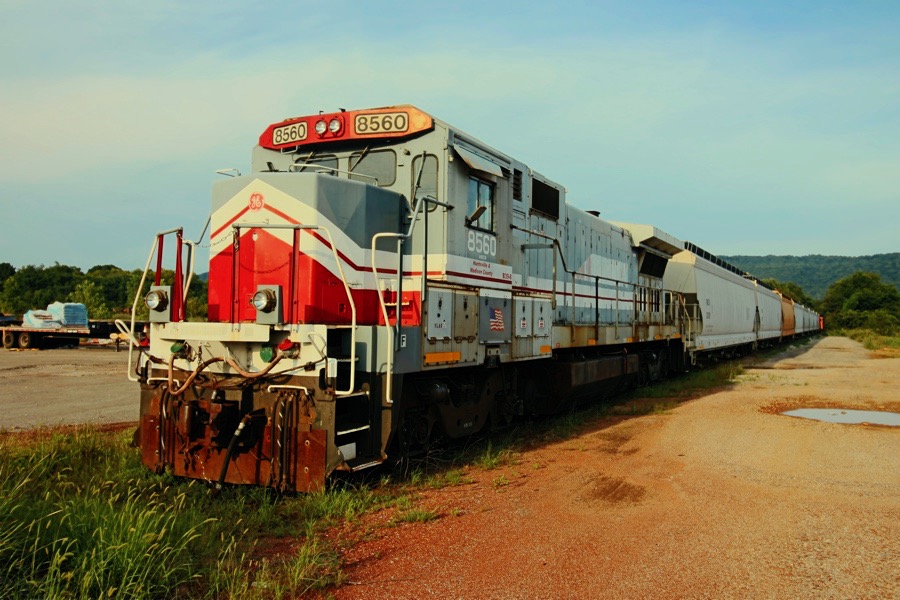
The Golden Hour
Huntsville, Al / Aug 2019 / RWH
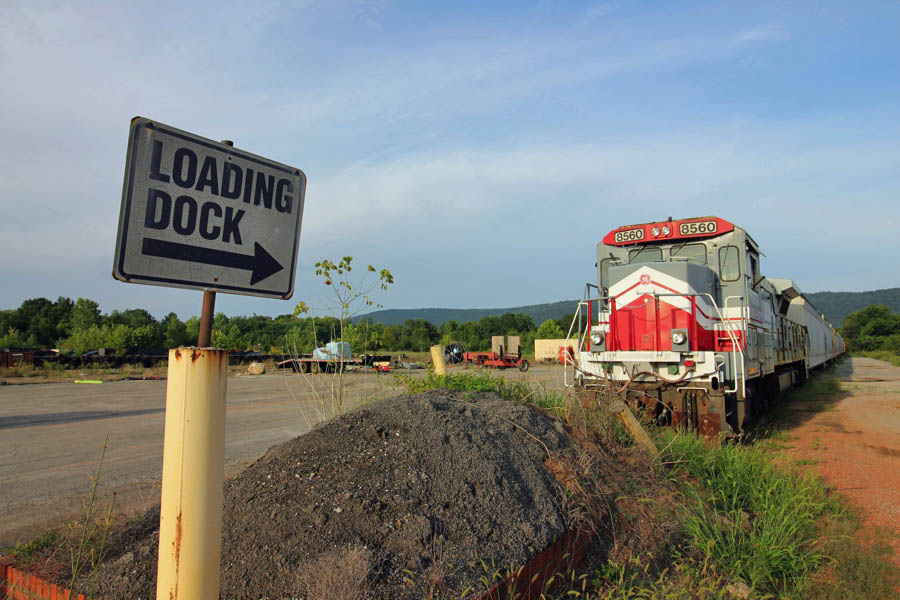
Drop Your Load and Rest Awhile
Huntsville, Al / Aug 2019 / RWH
Links / Sources
- Huntsville & Madison County Railroad Authority website
- Wikipedia article on the Huntsville & Madison County Railroad Authority
- Diesel Shop roster for Huntsville & Madison County
- Railroad Picture Archives Huntsville & Madison County roster
- Alabama Railfan page for Huntsville, including the HMCR
- Edward A. Lewis, American Shortline Railway Guide - Fifth Edition (Kalmbach, 1996) 152
- Charles W. McDonald, Diesel Locomotive Rosters - Third Edition (Kalmbach, 1992) 83
